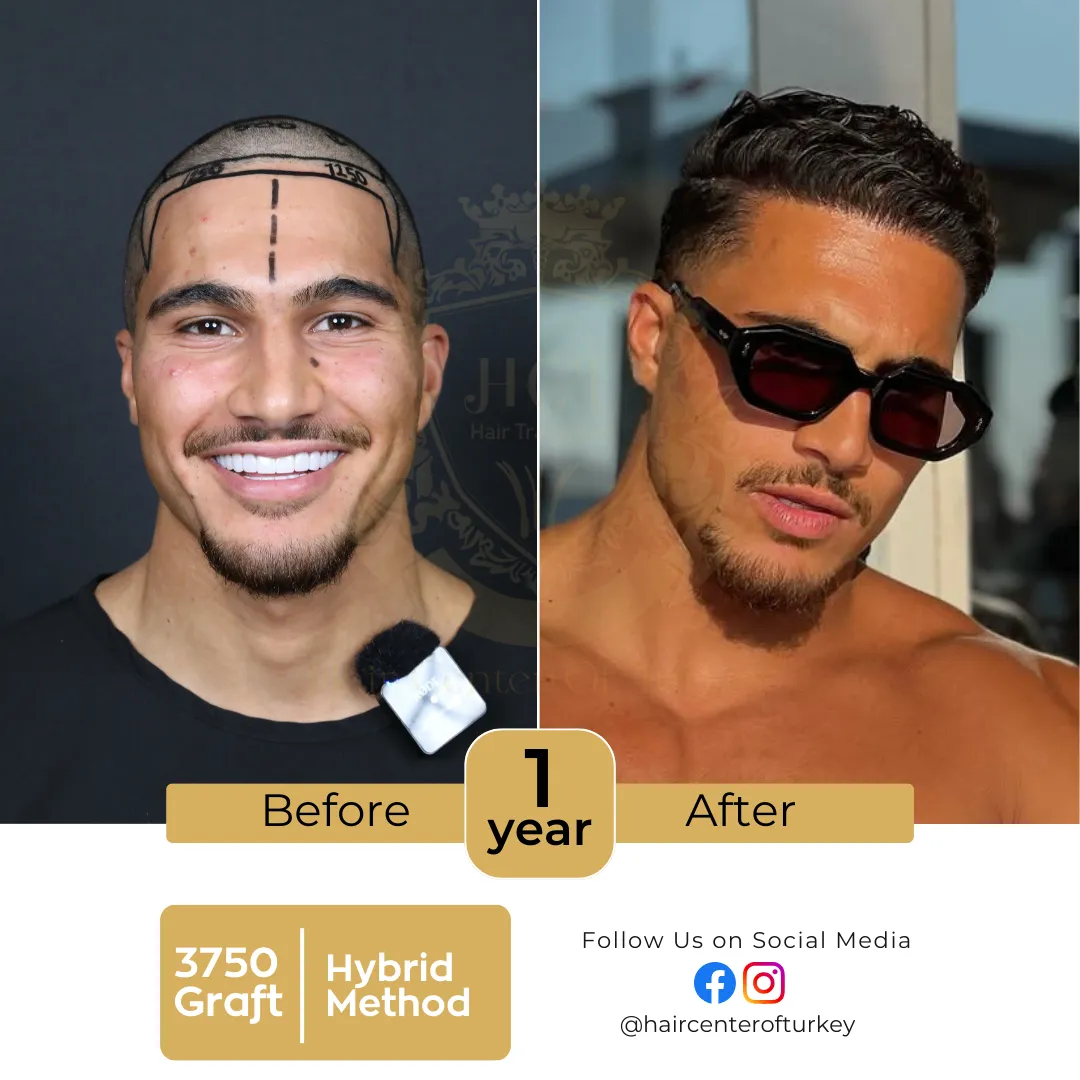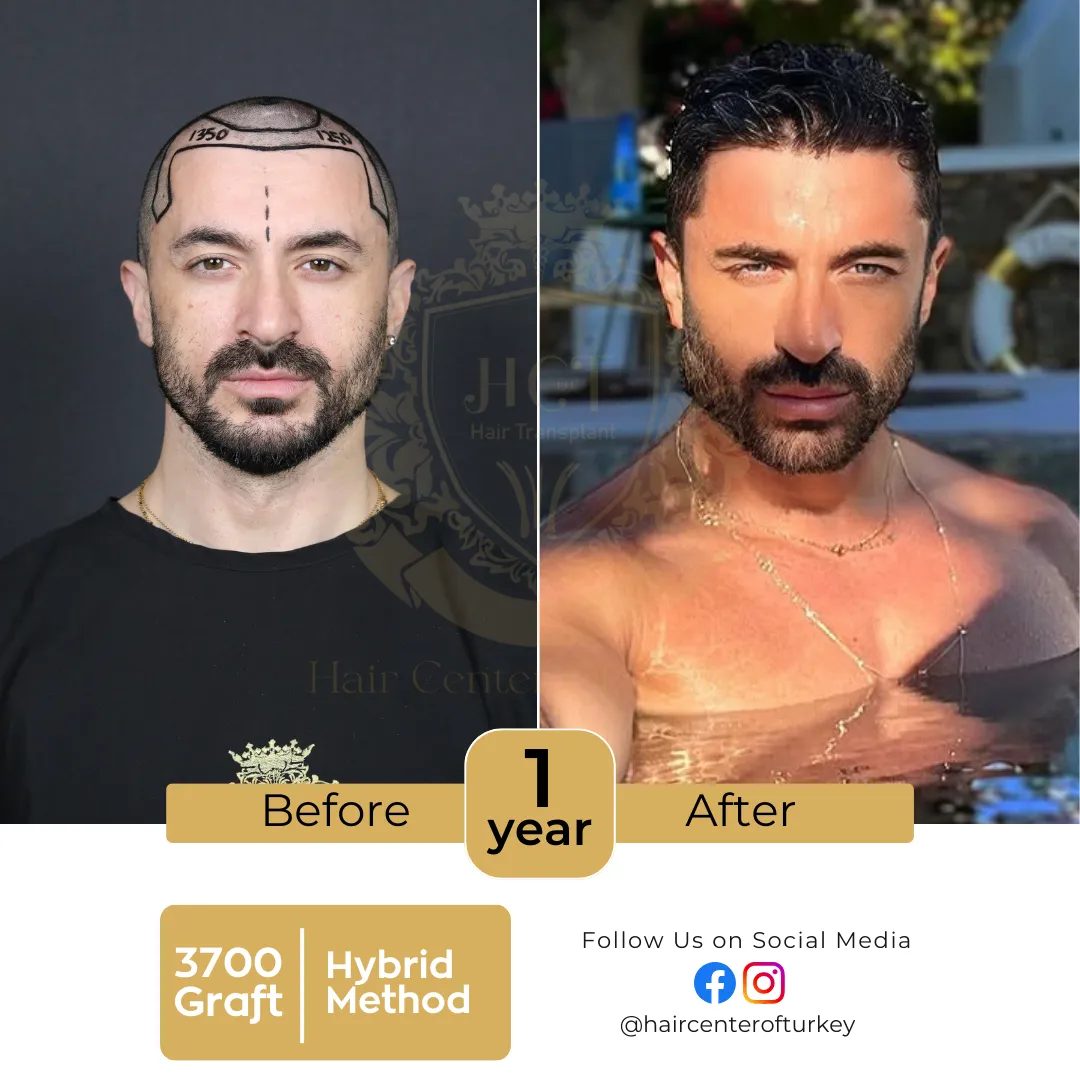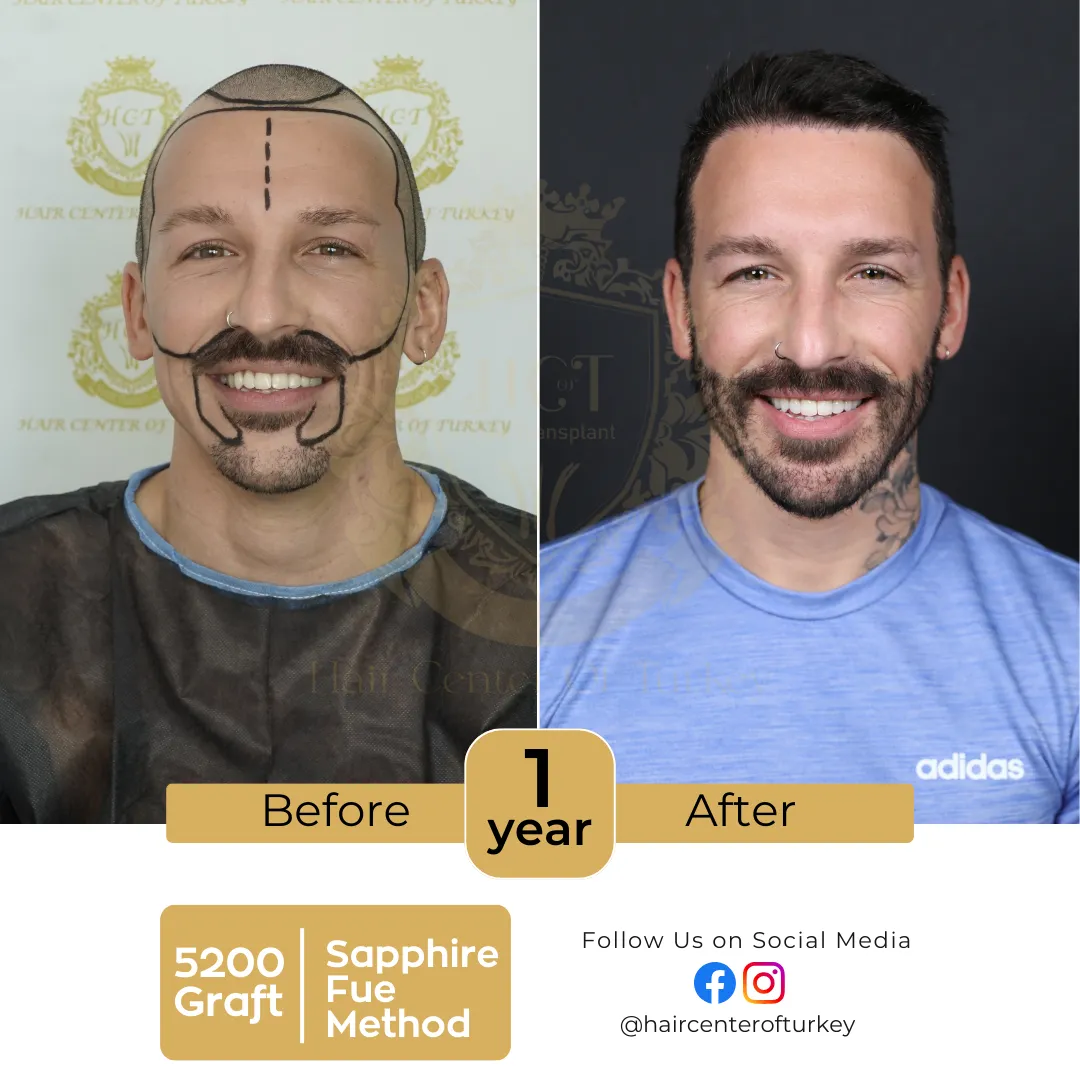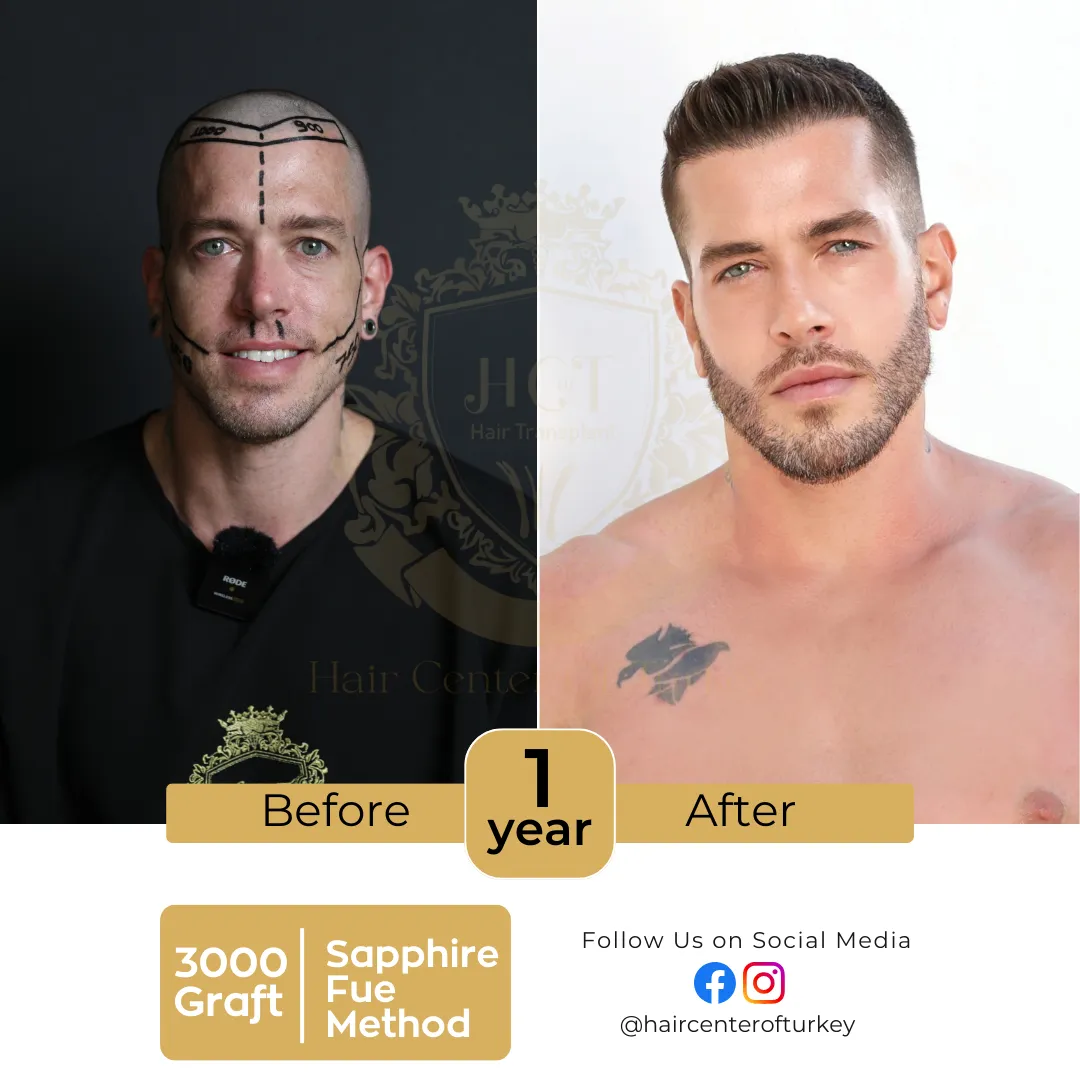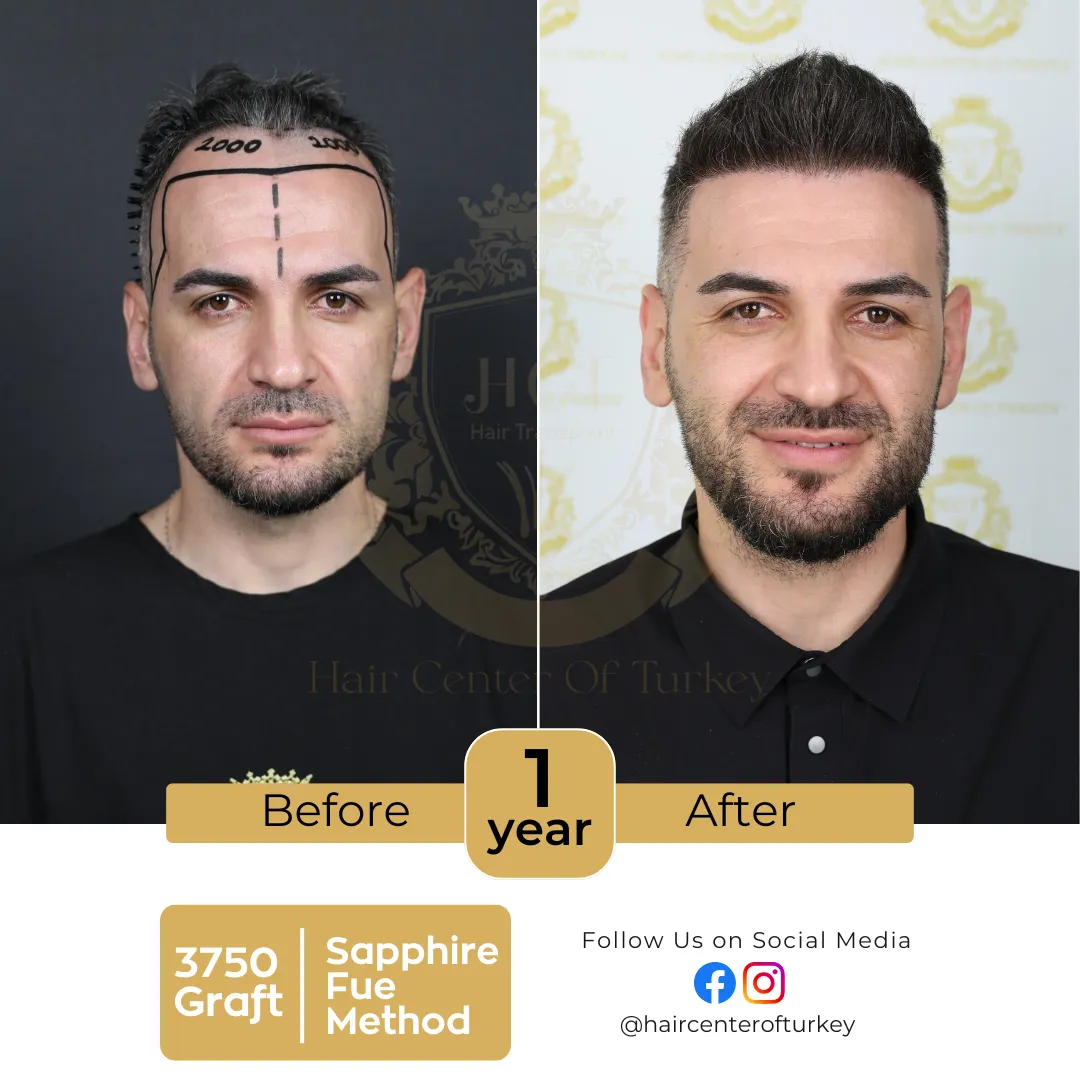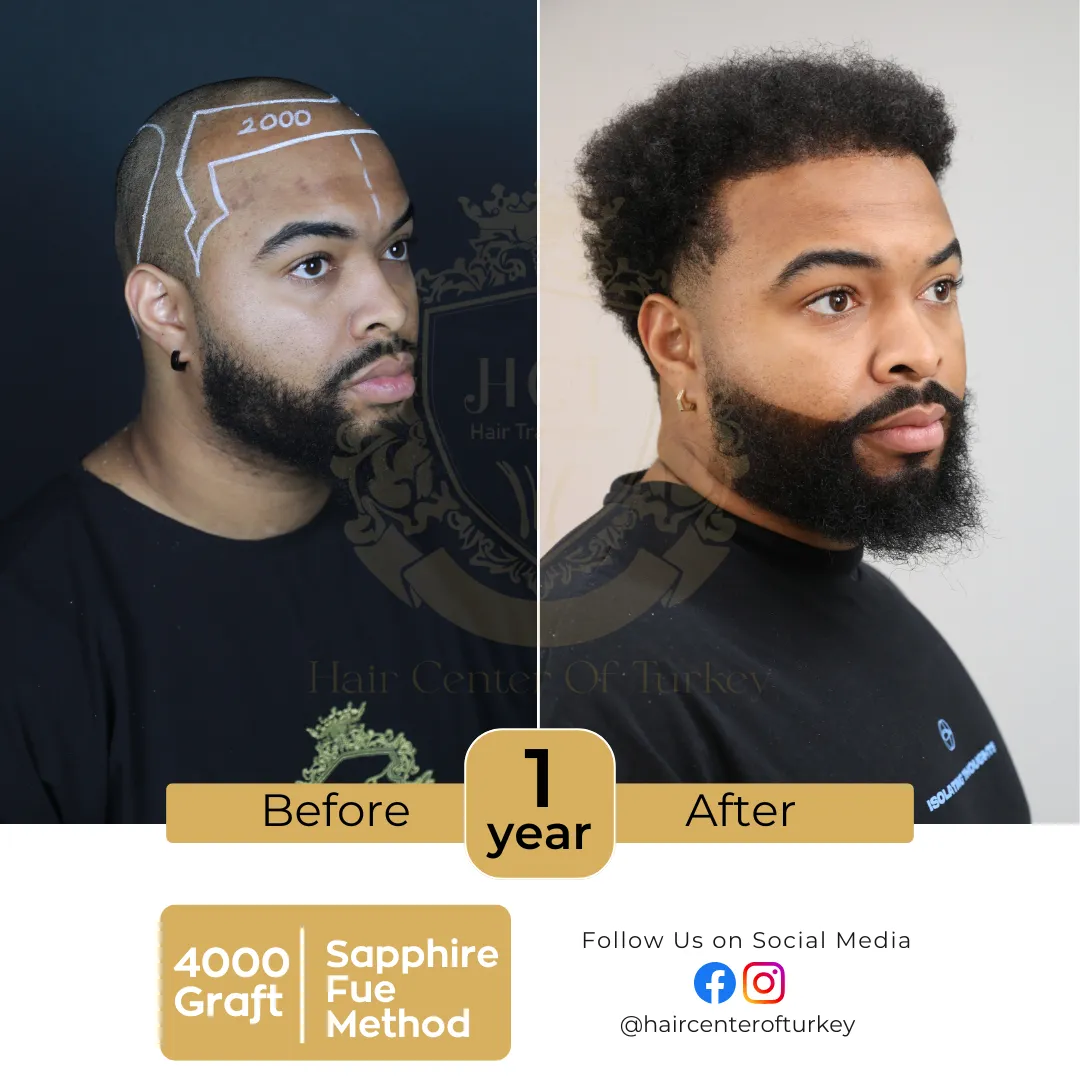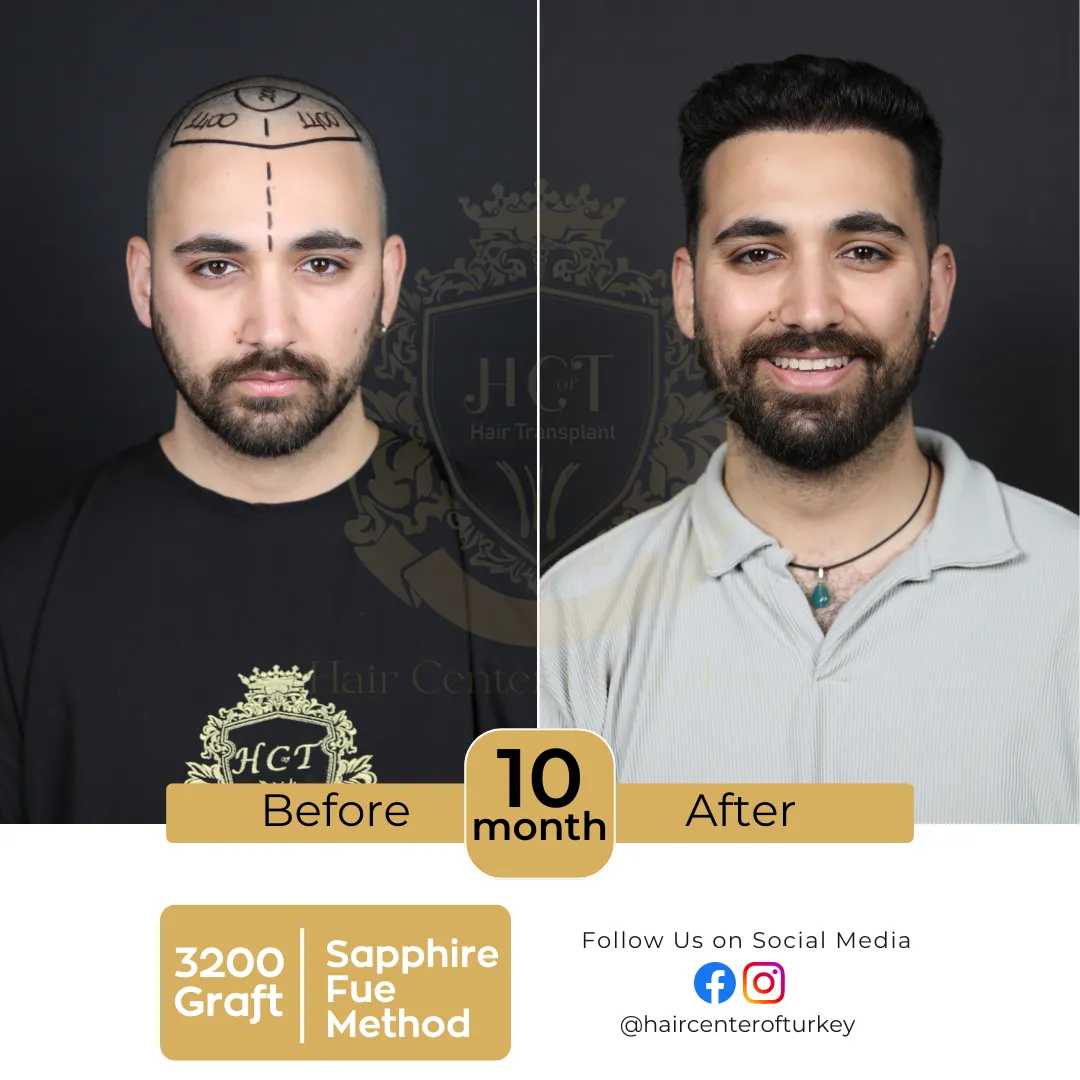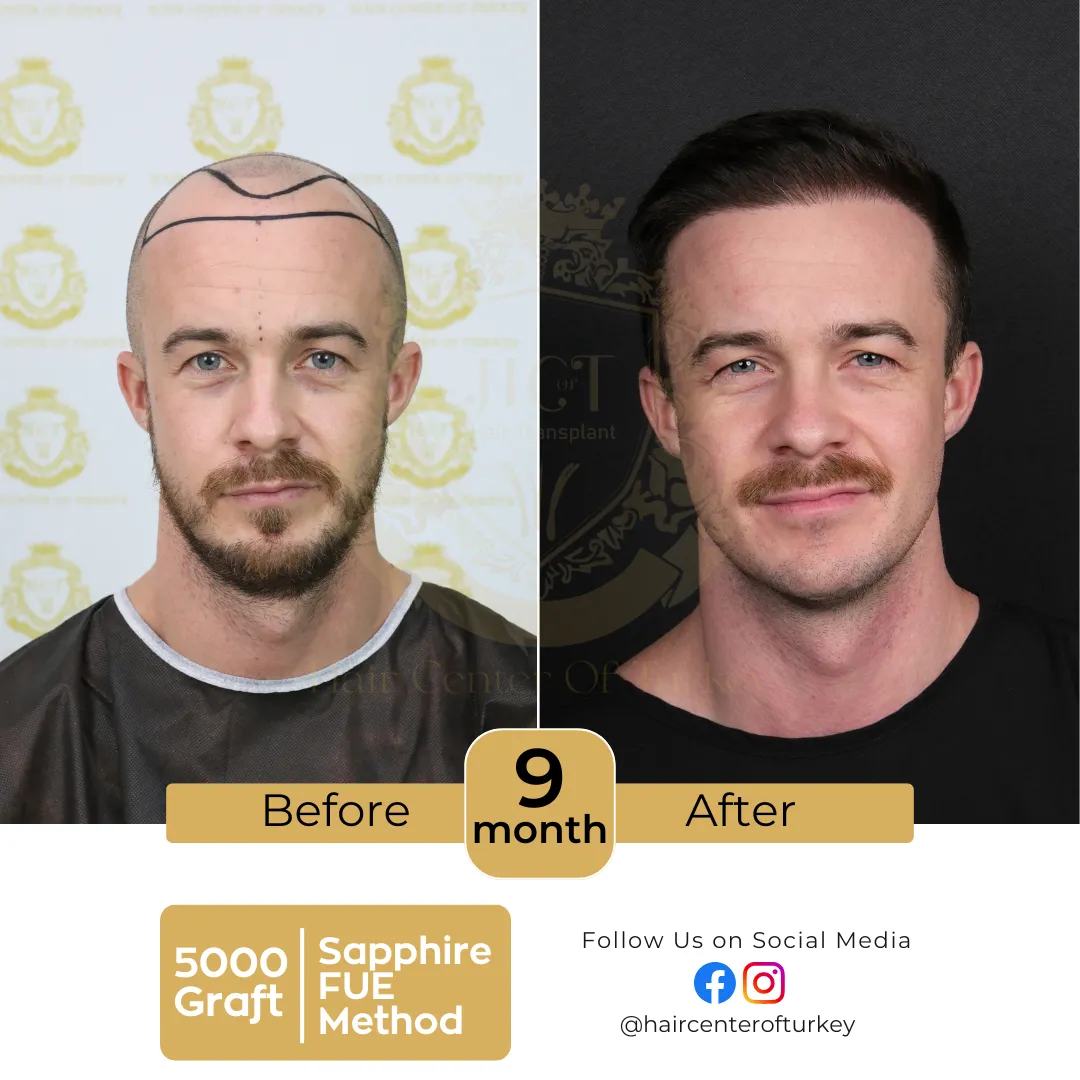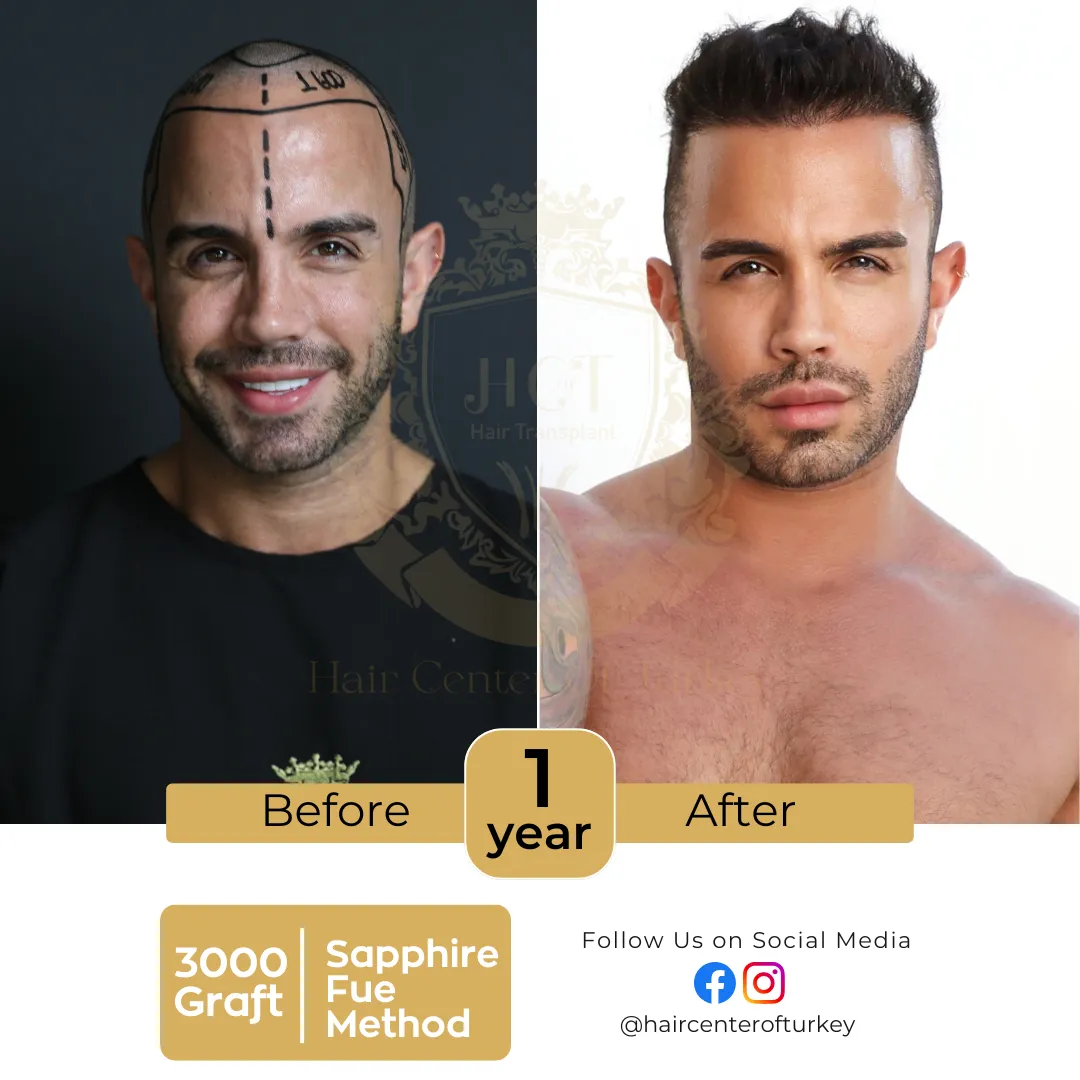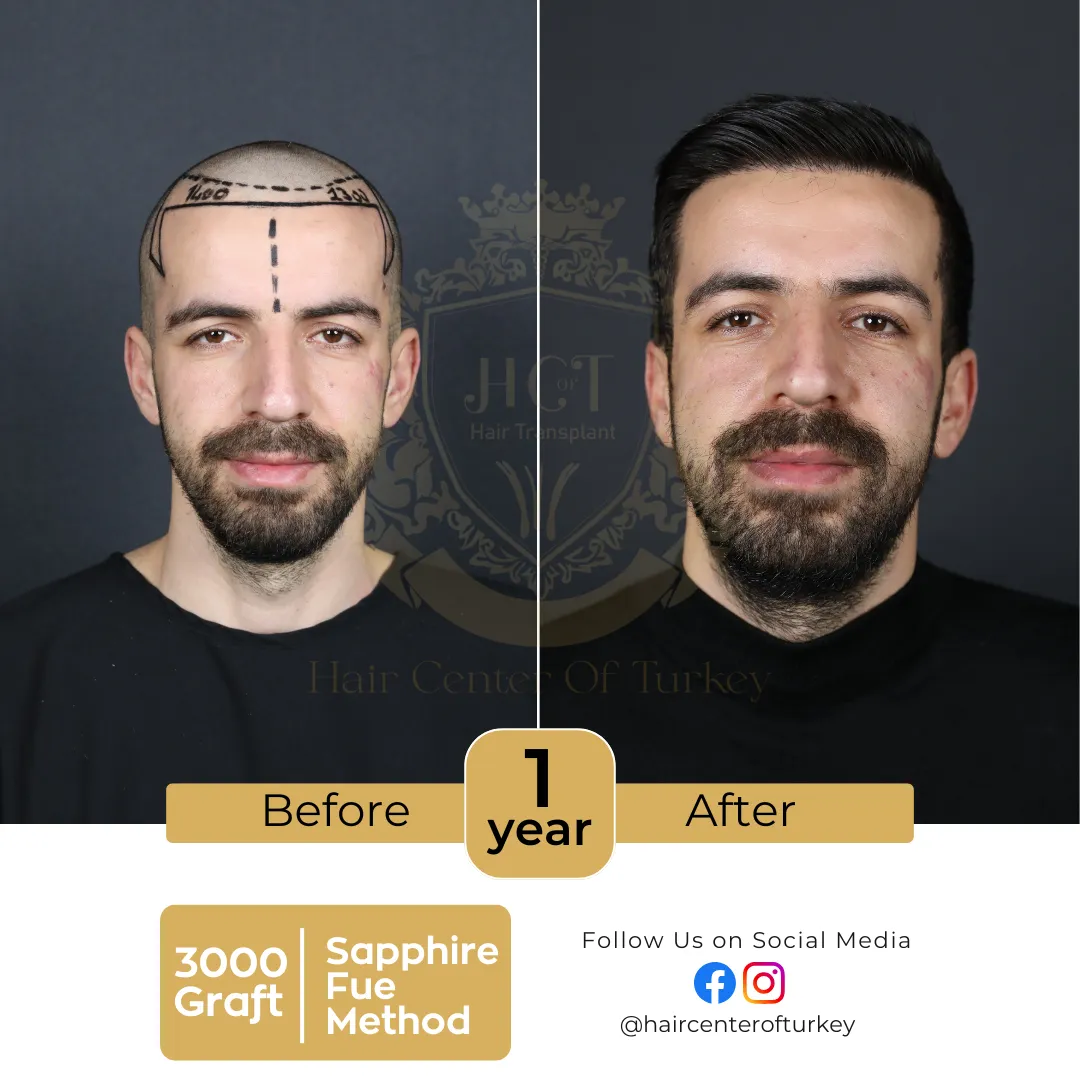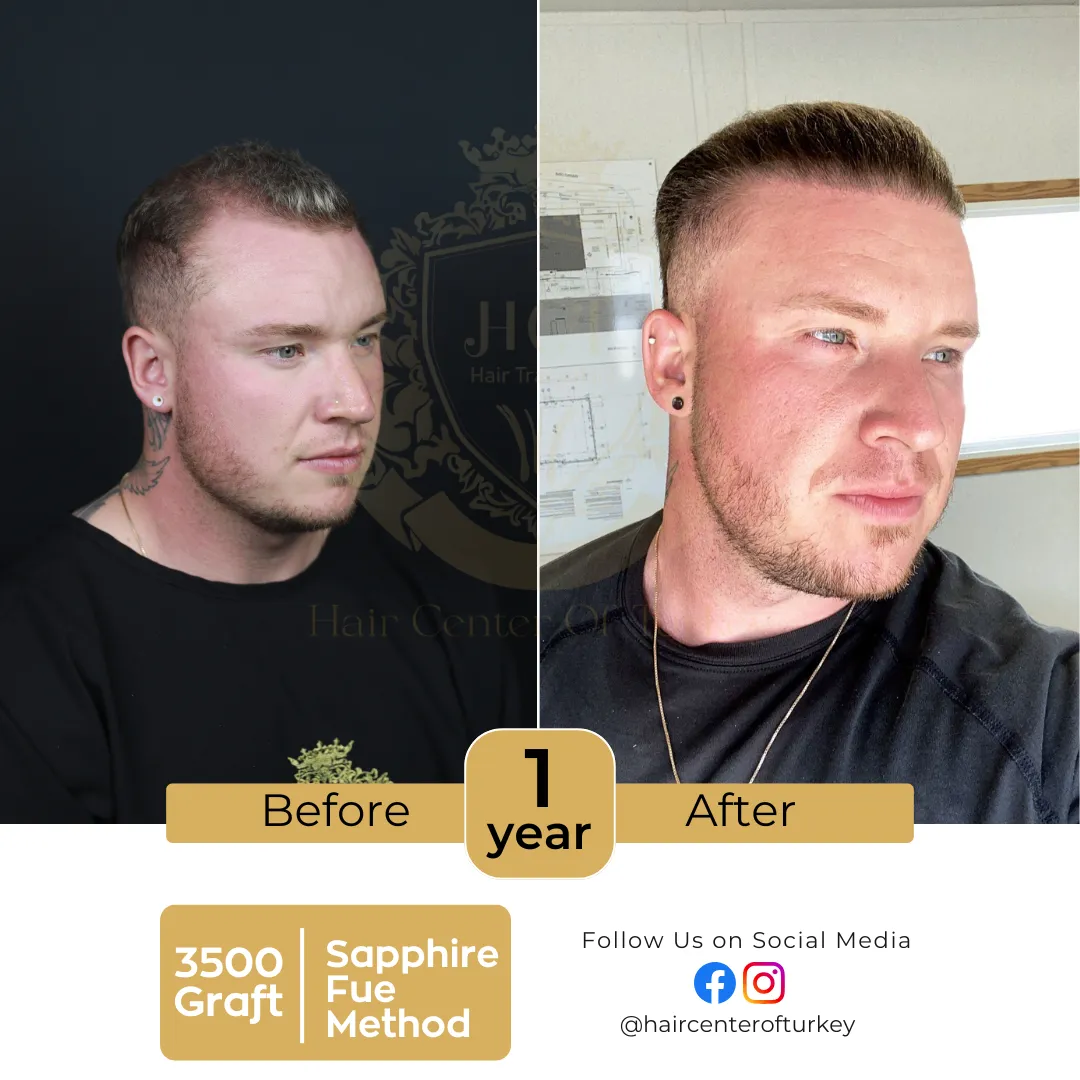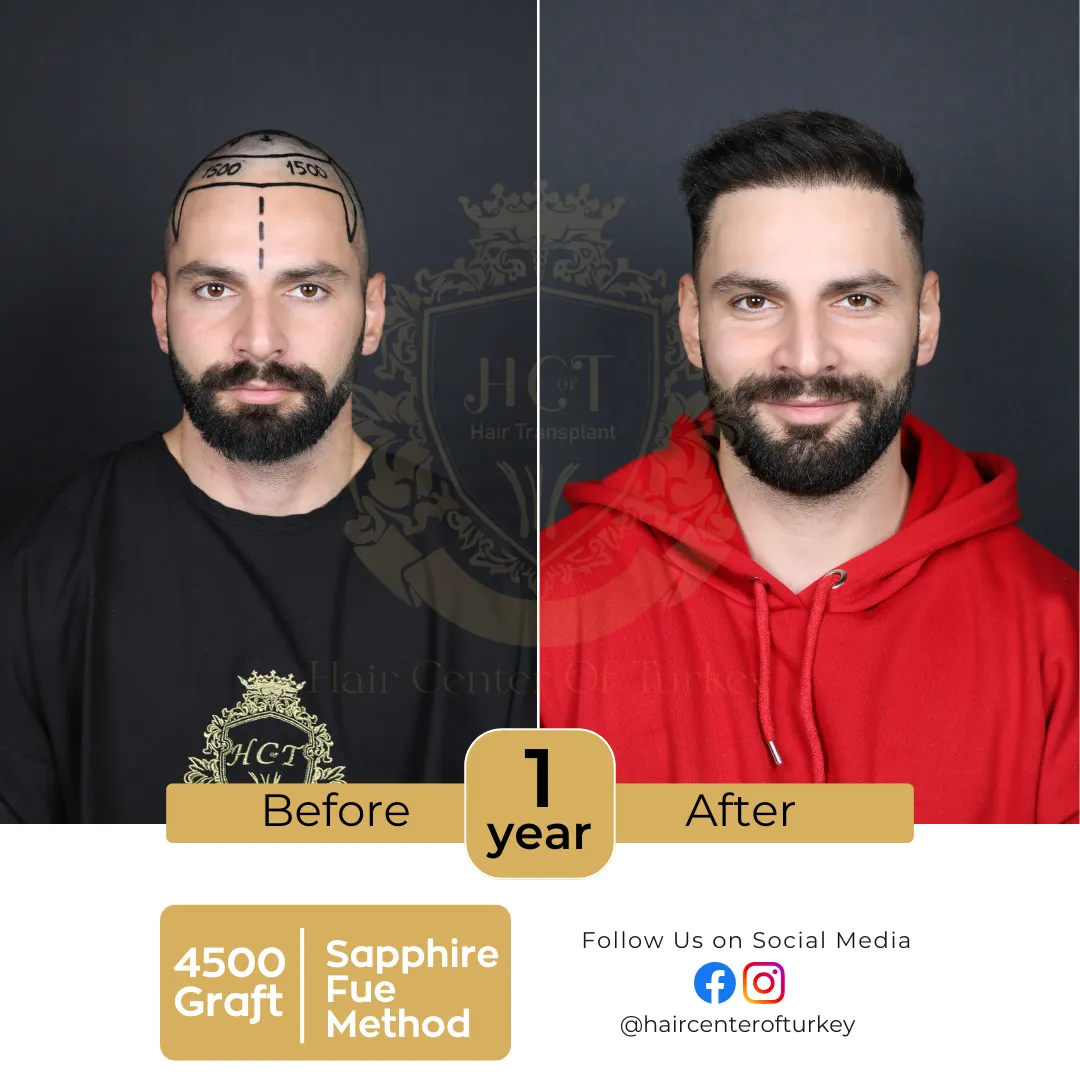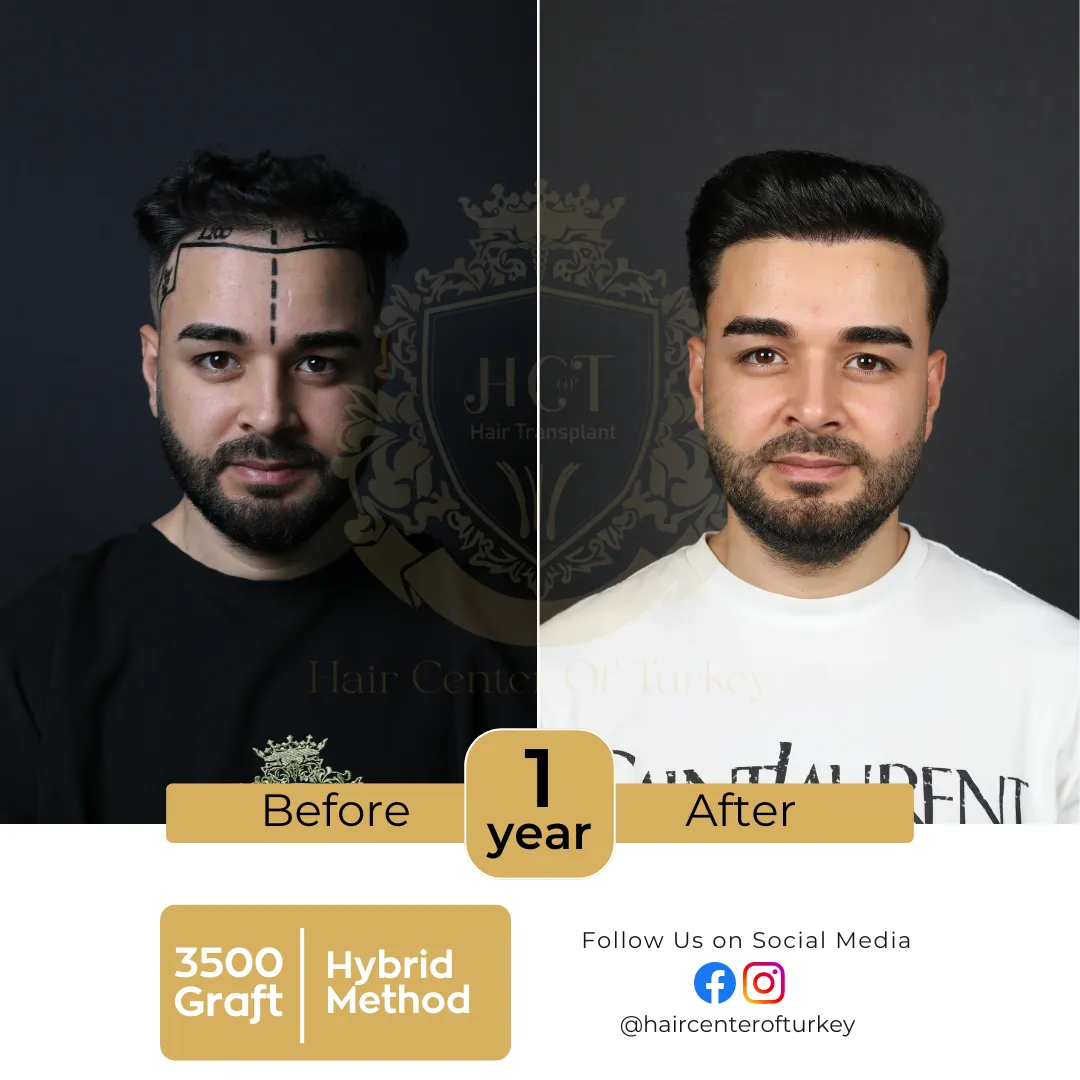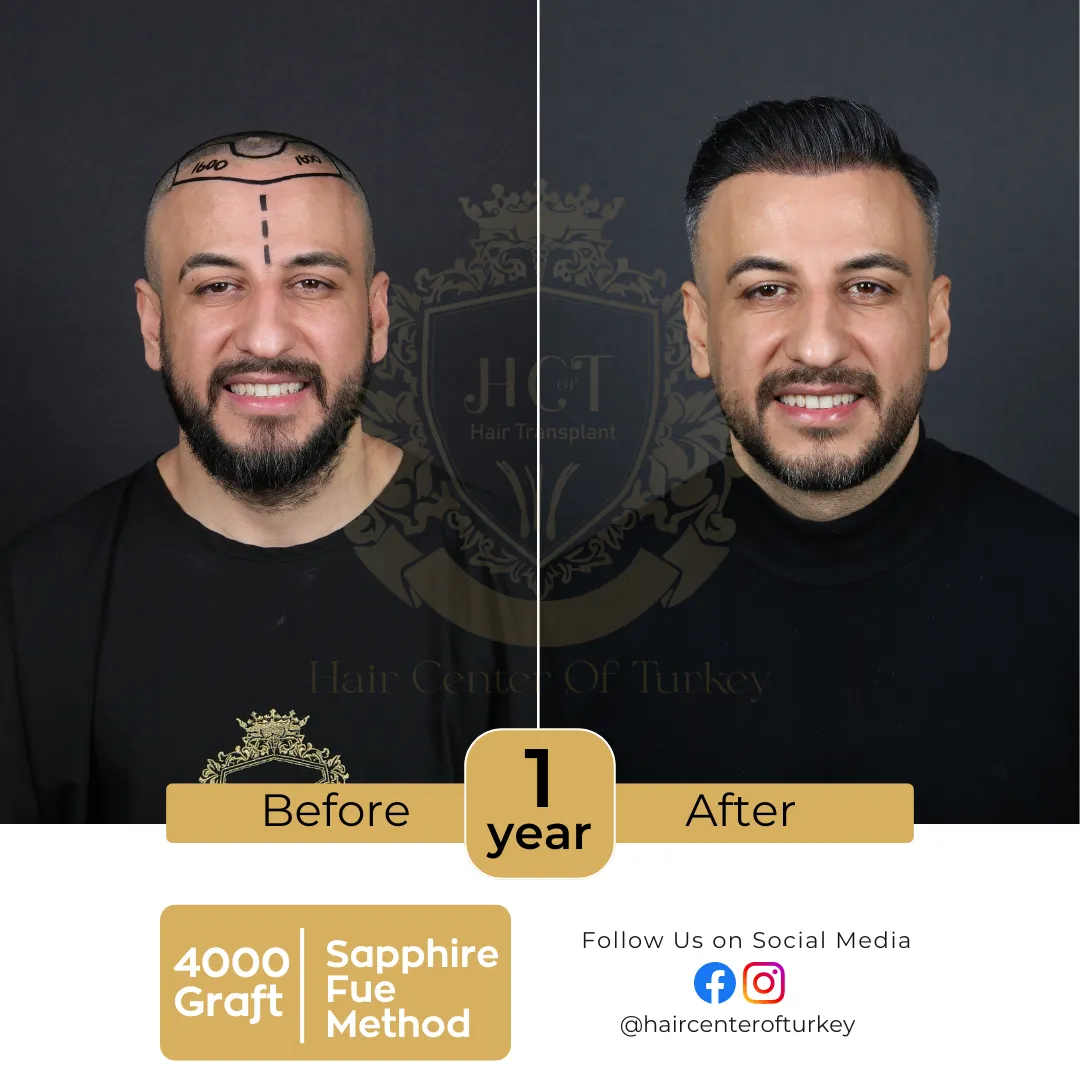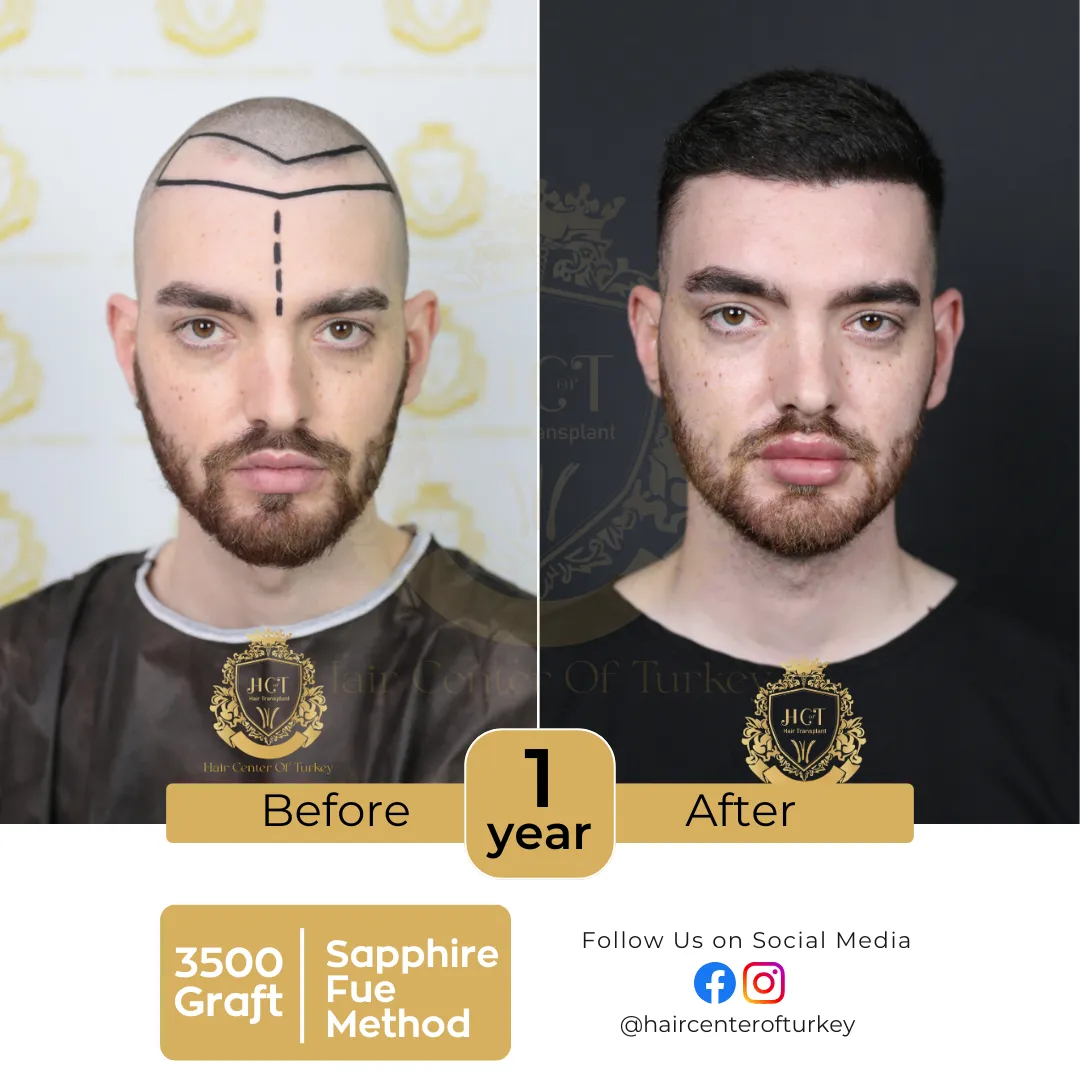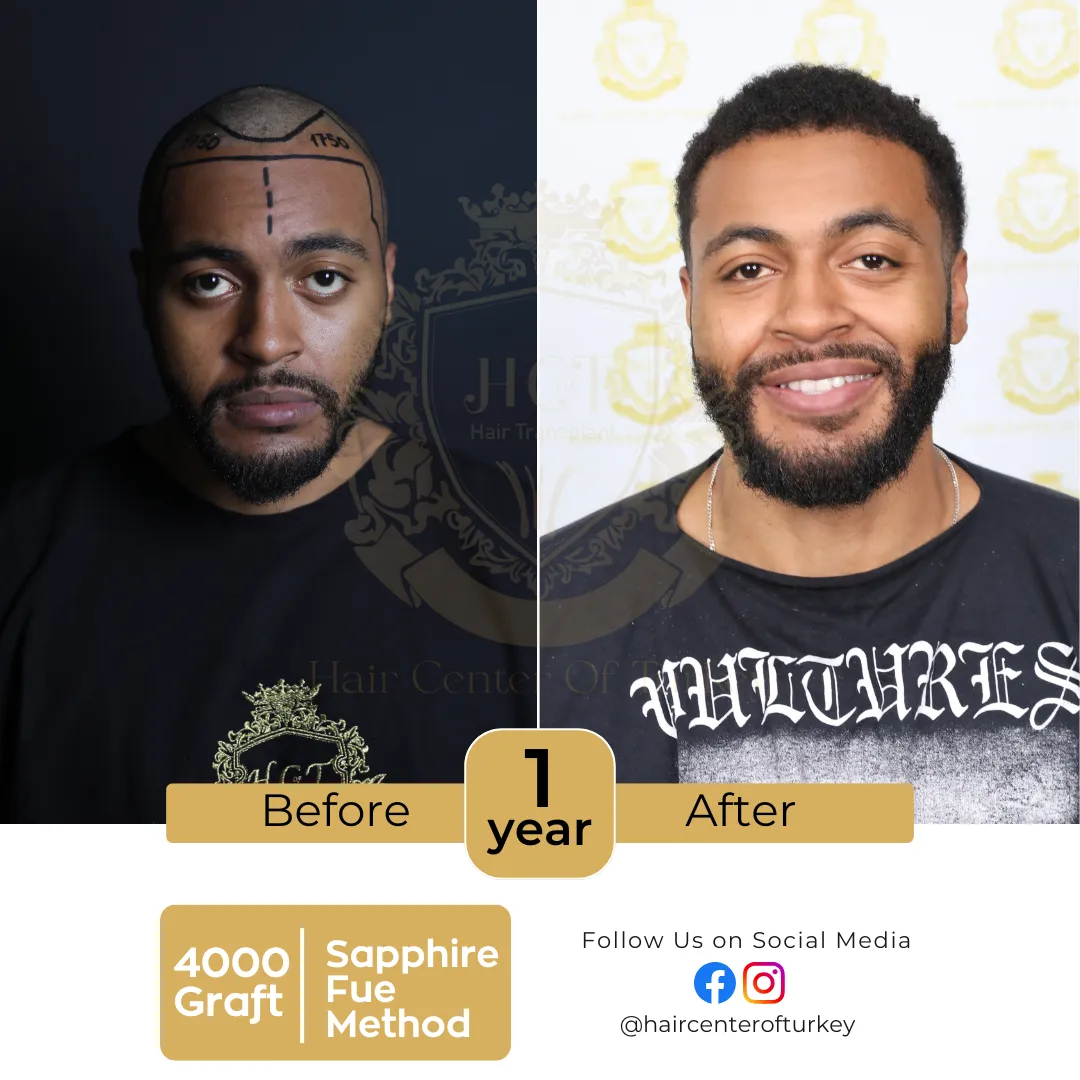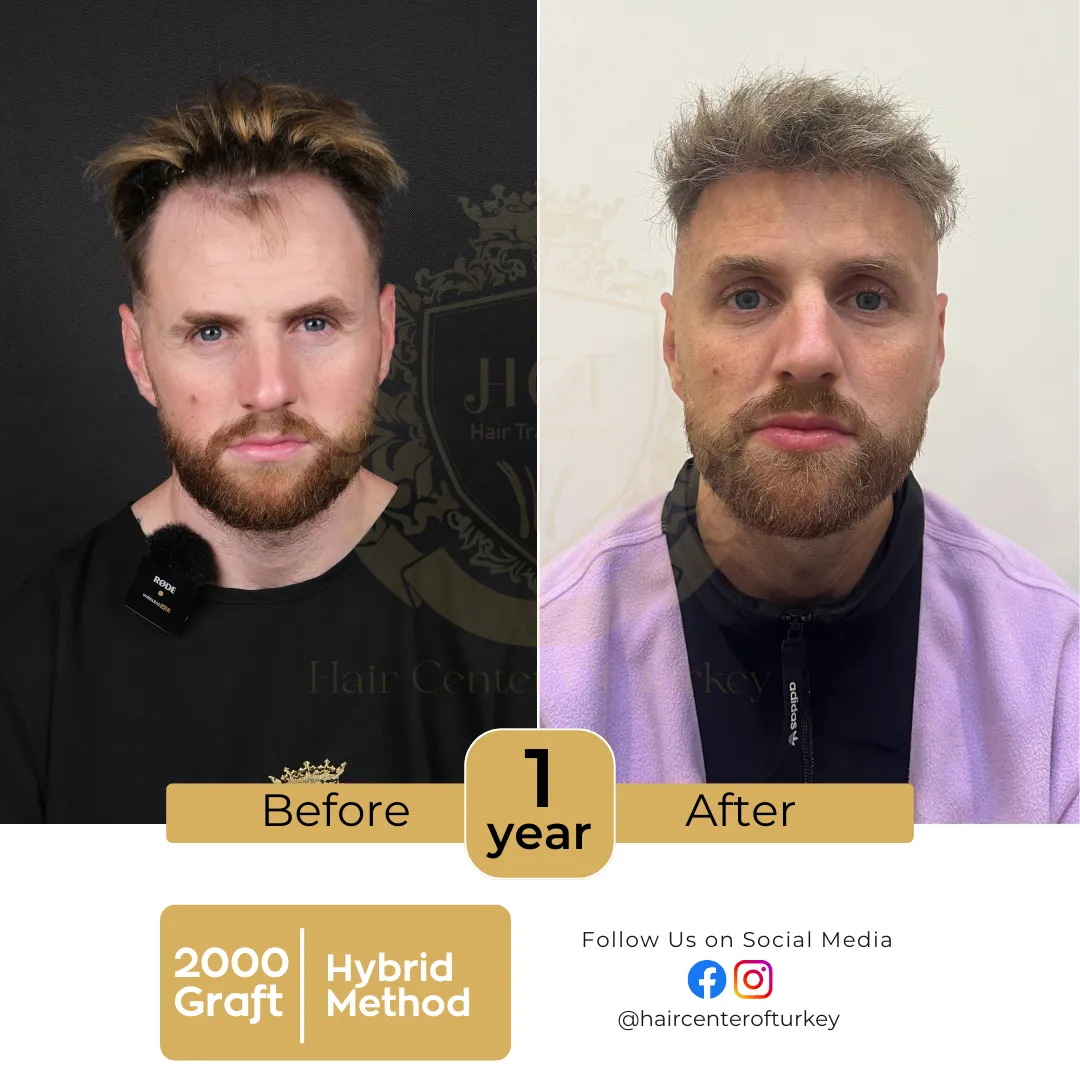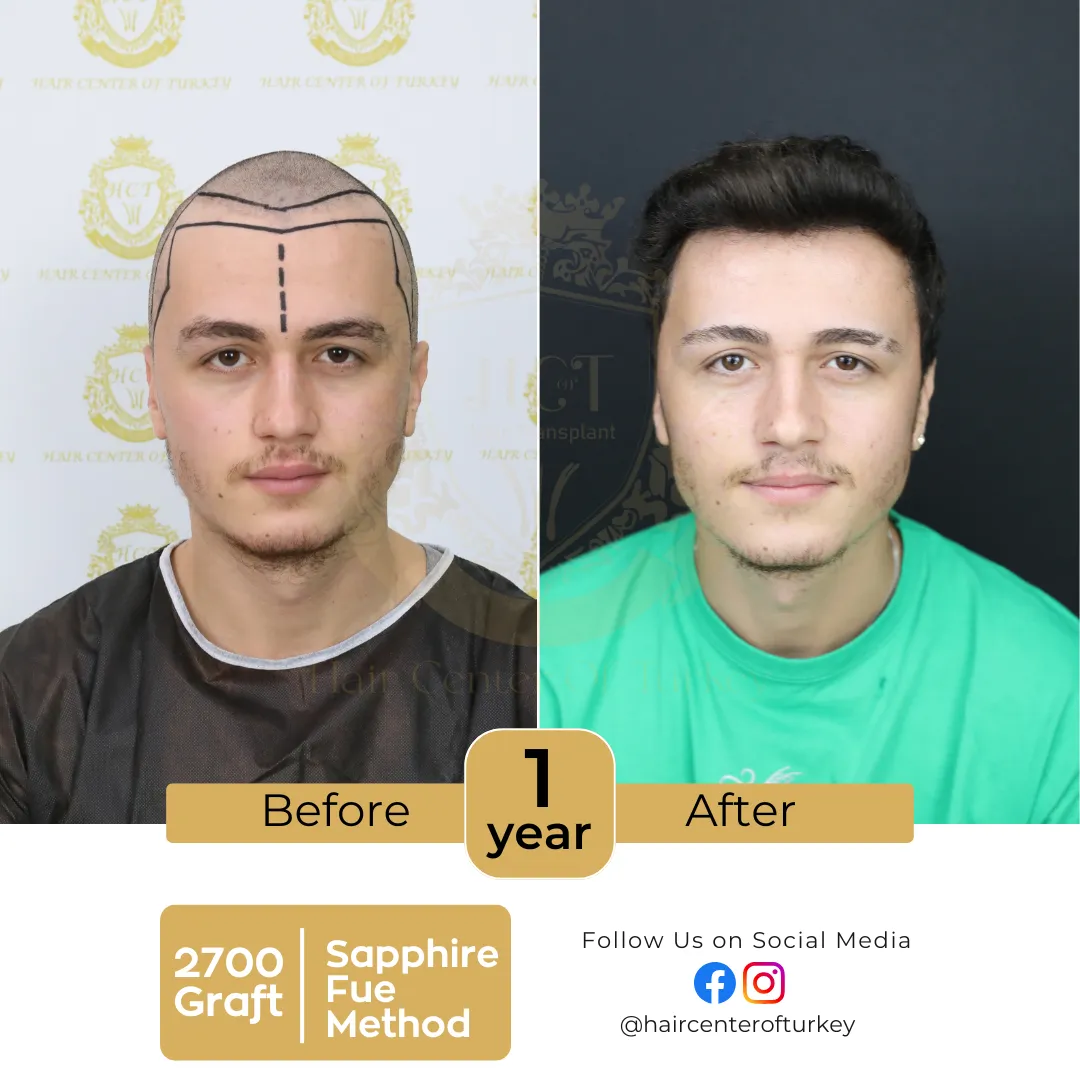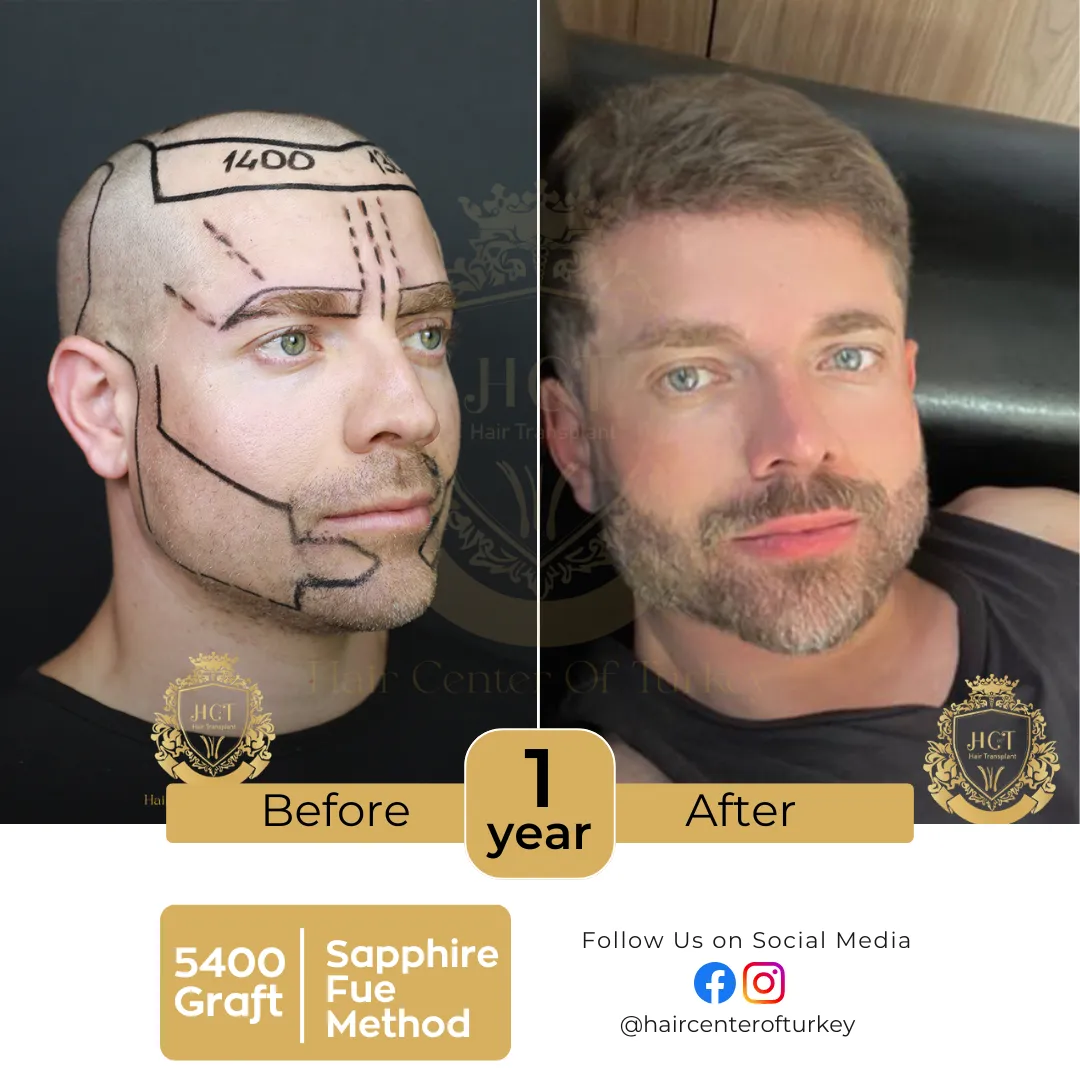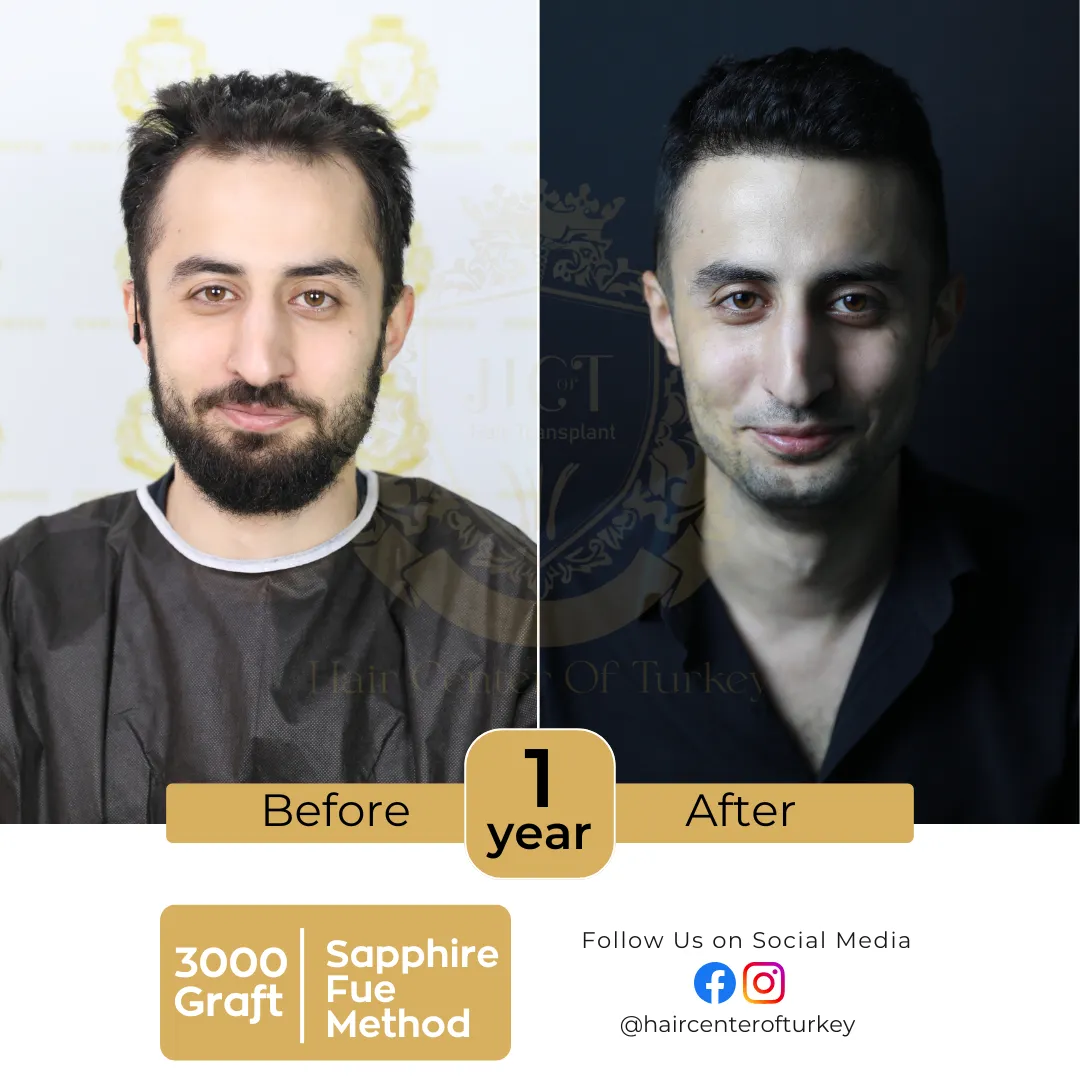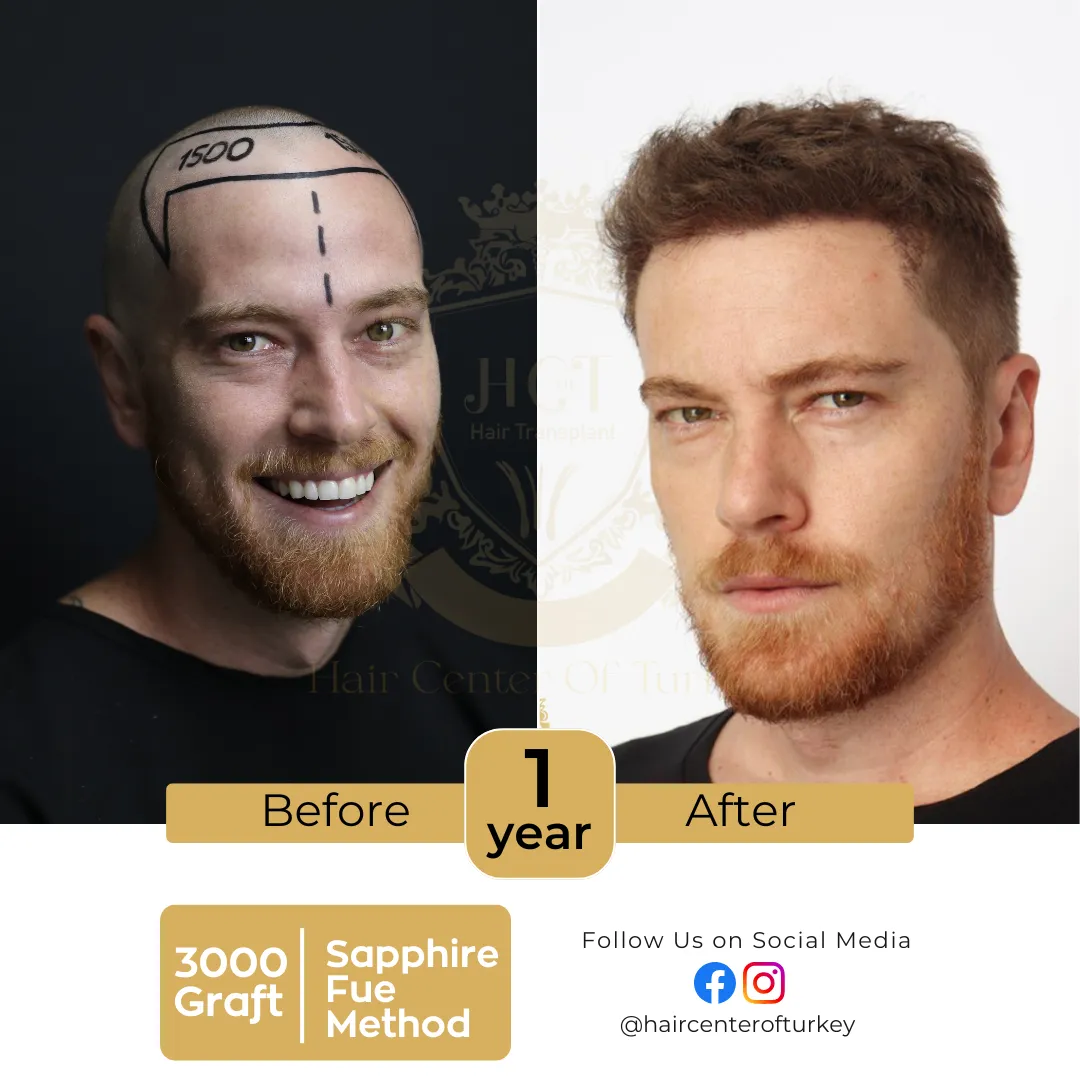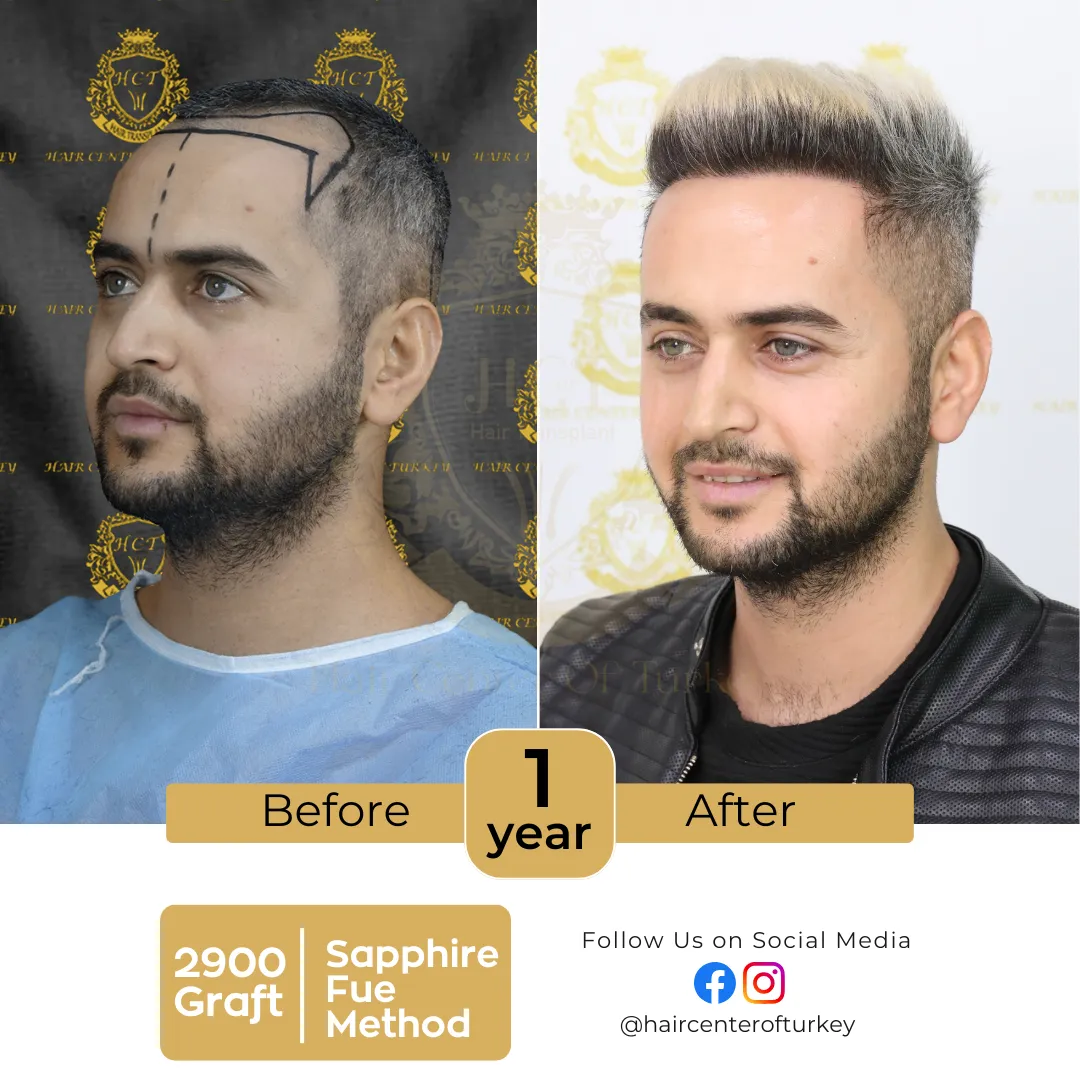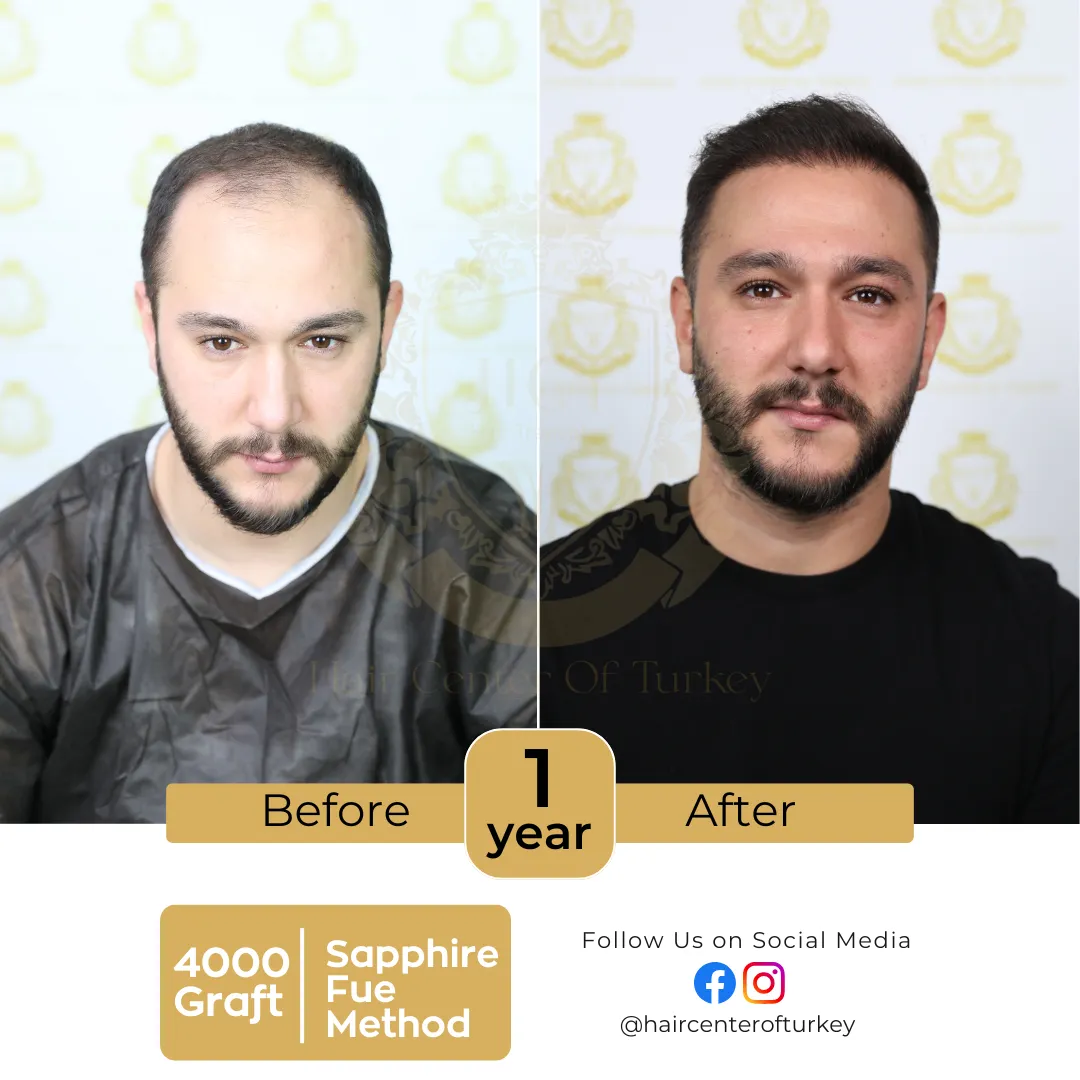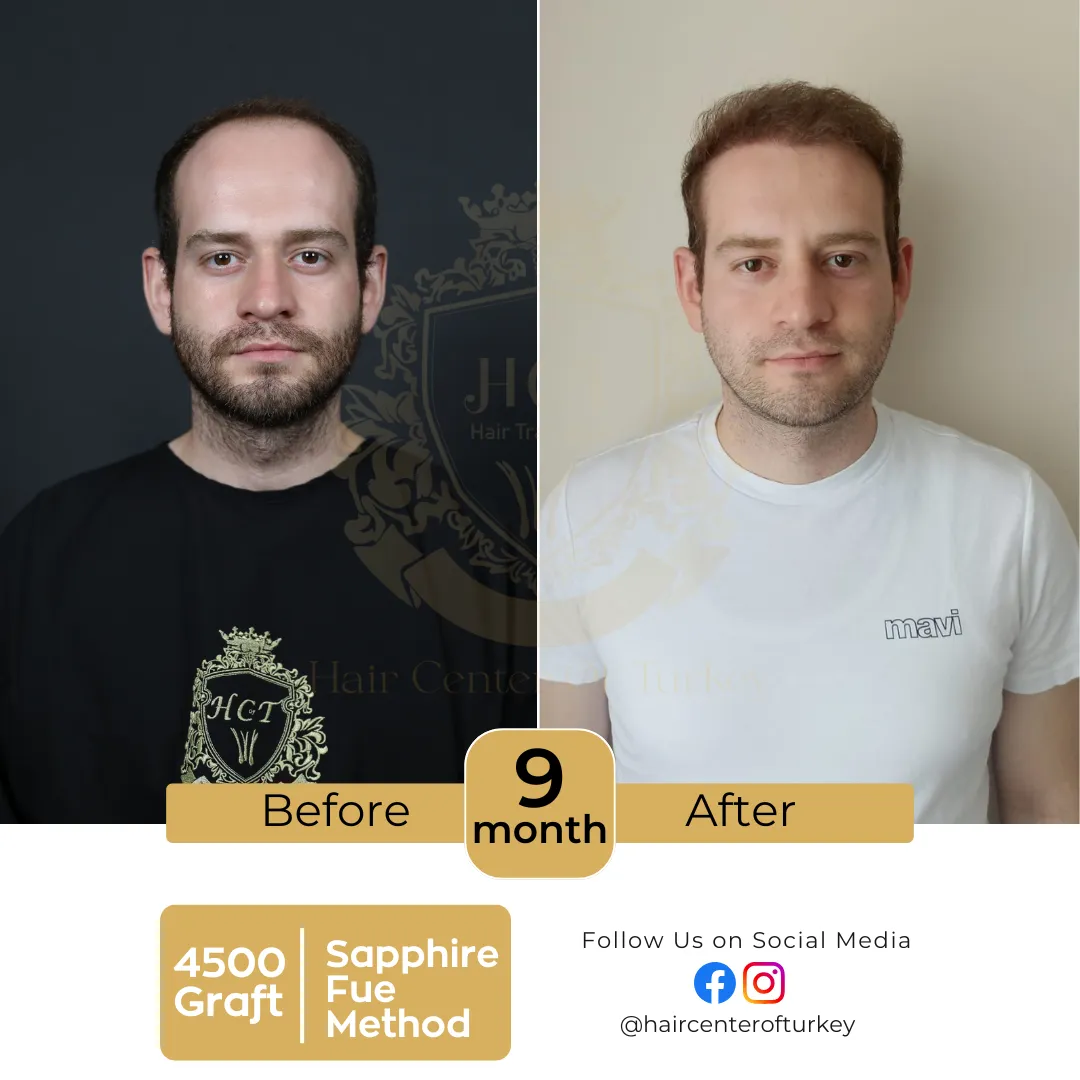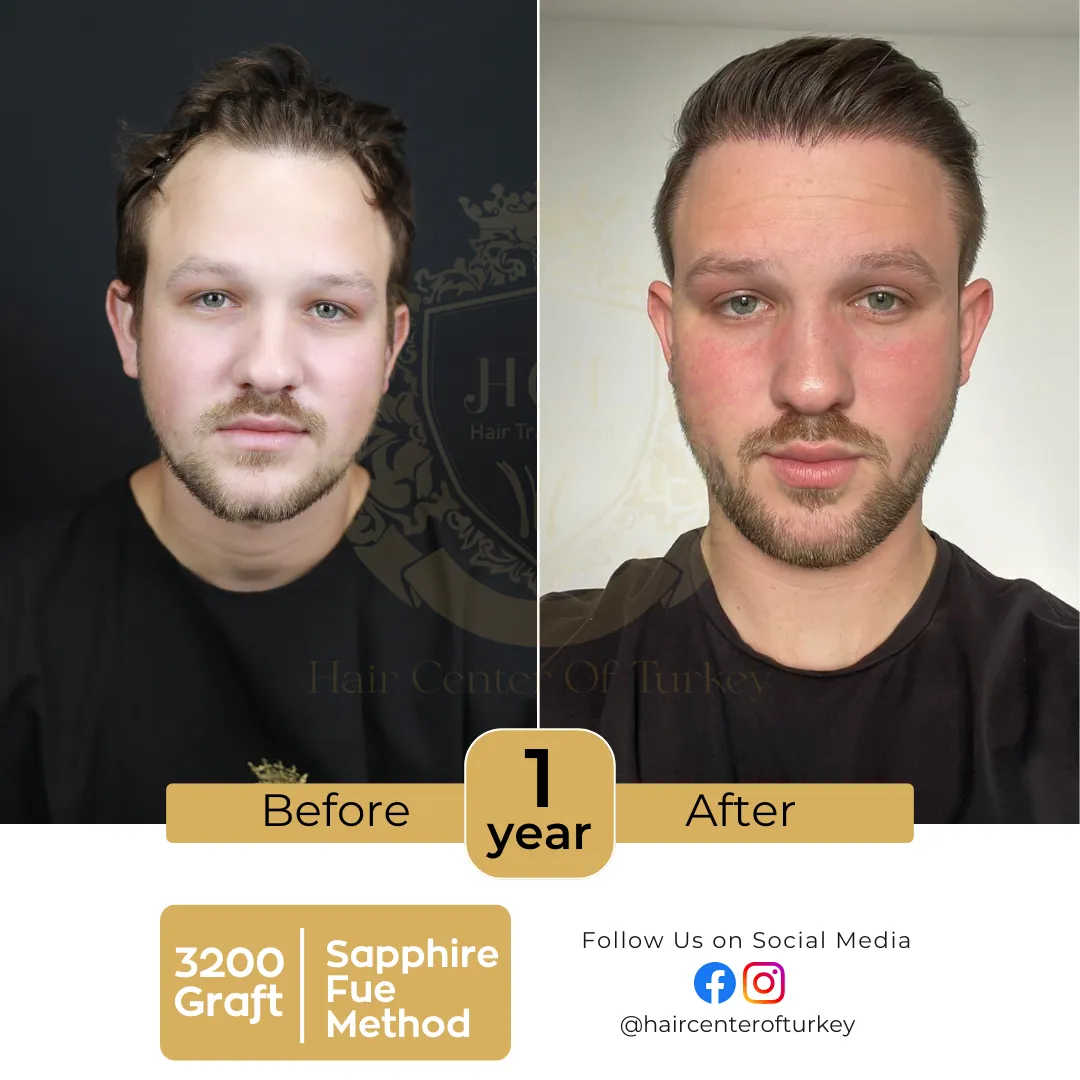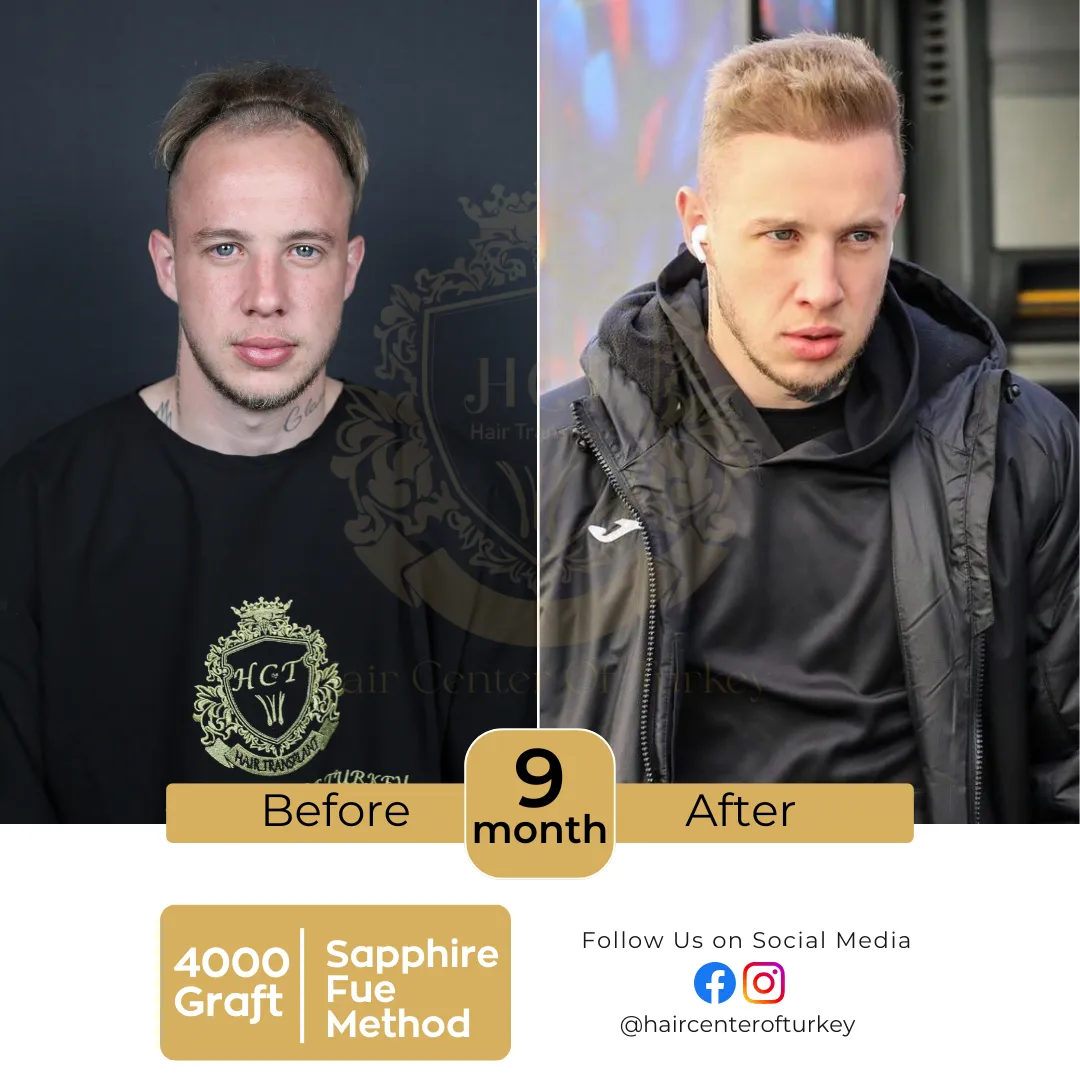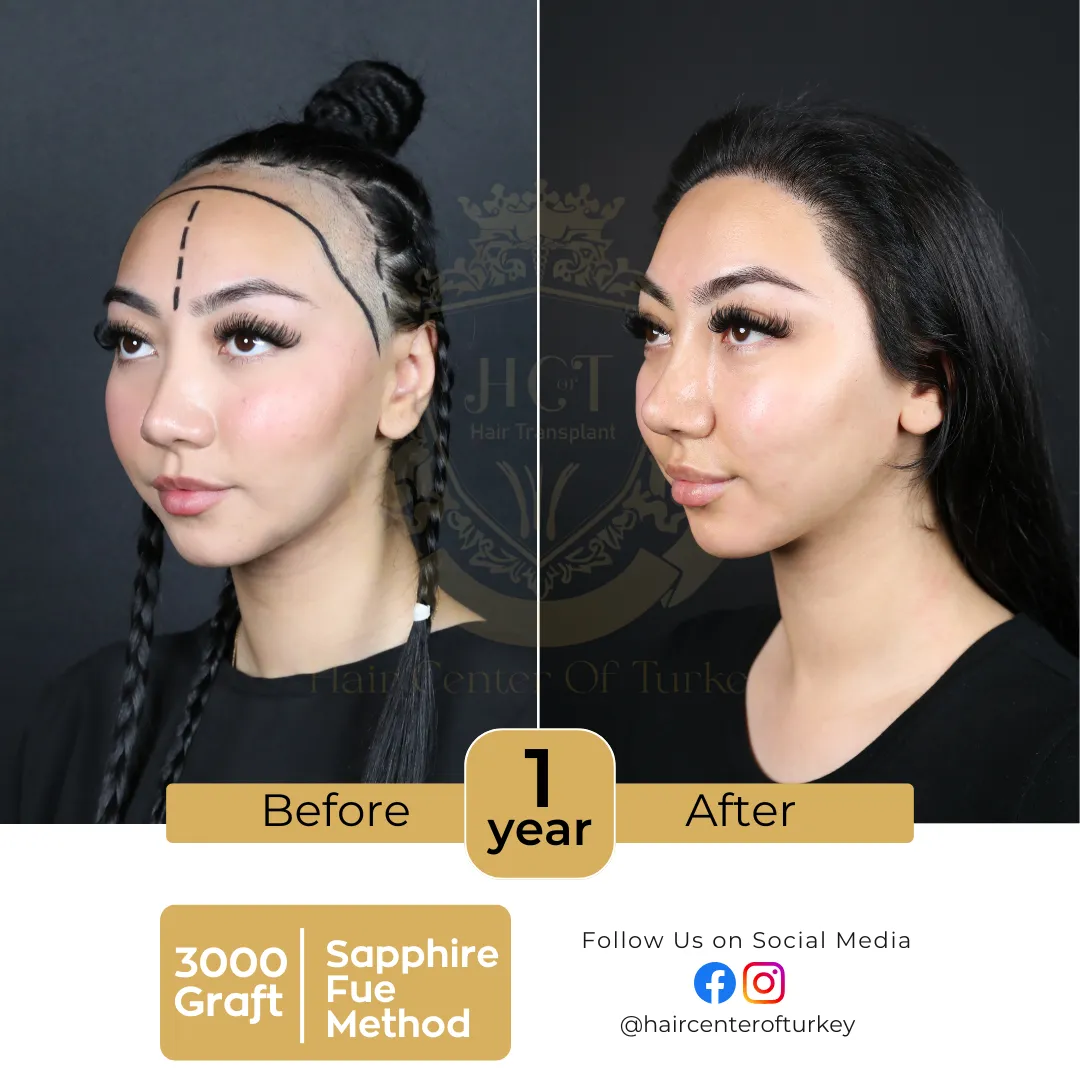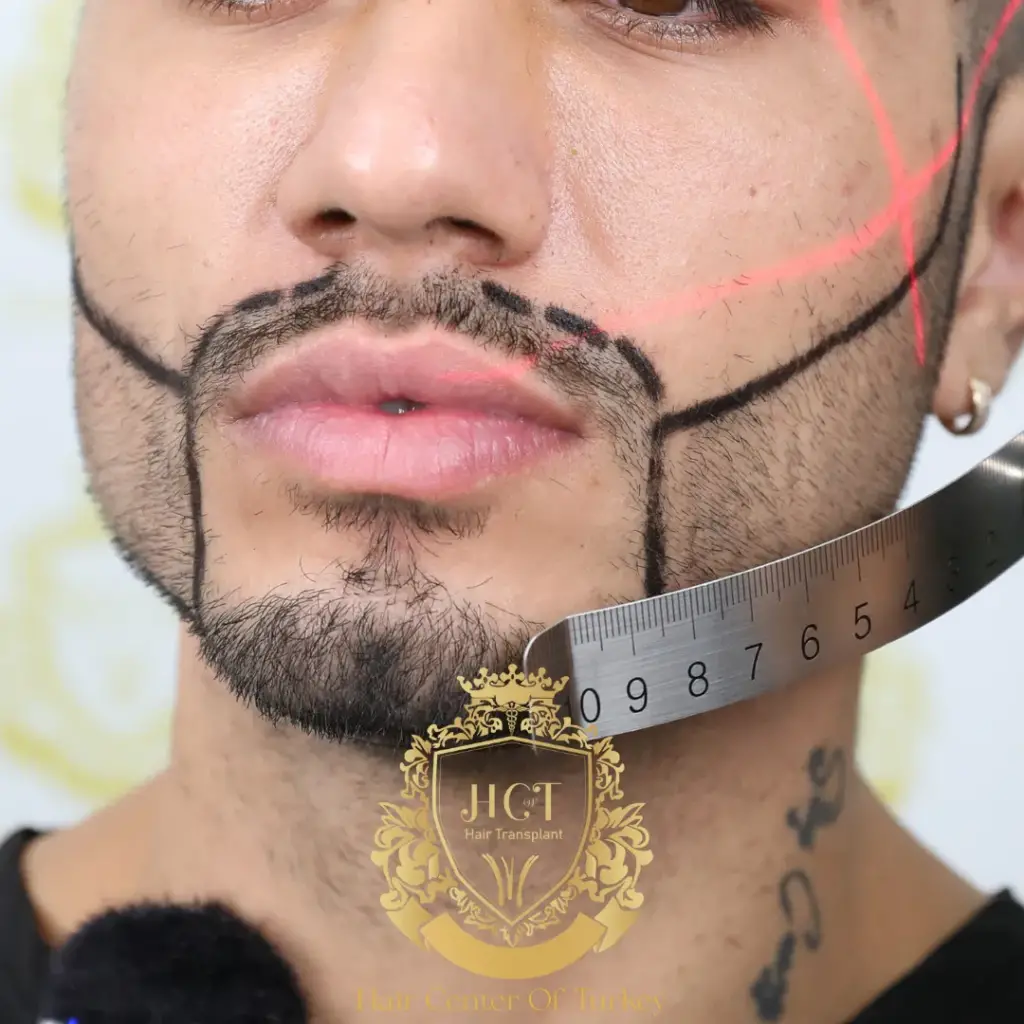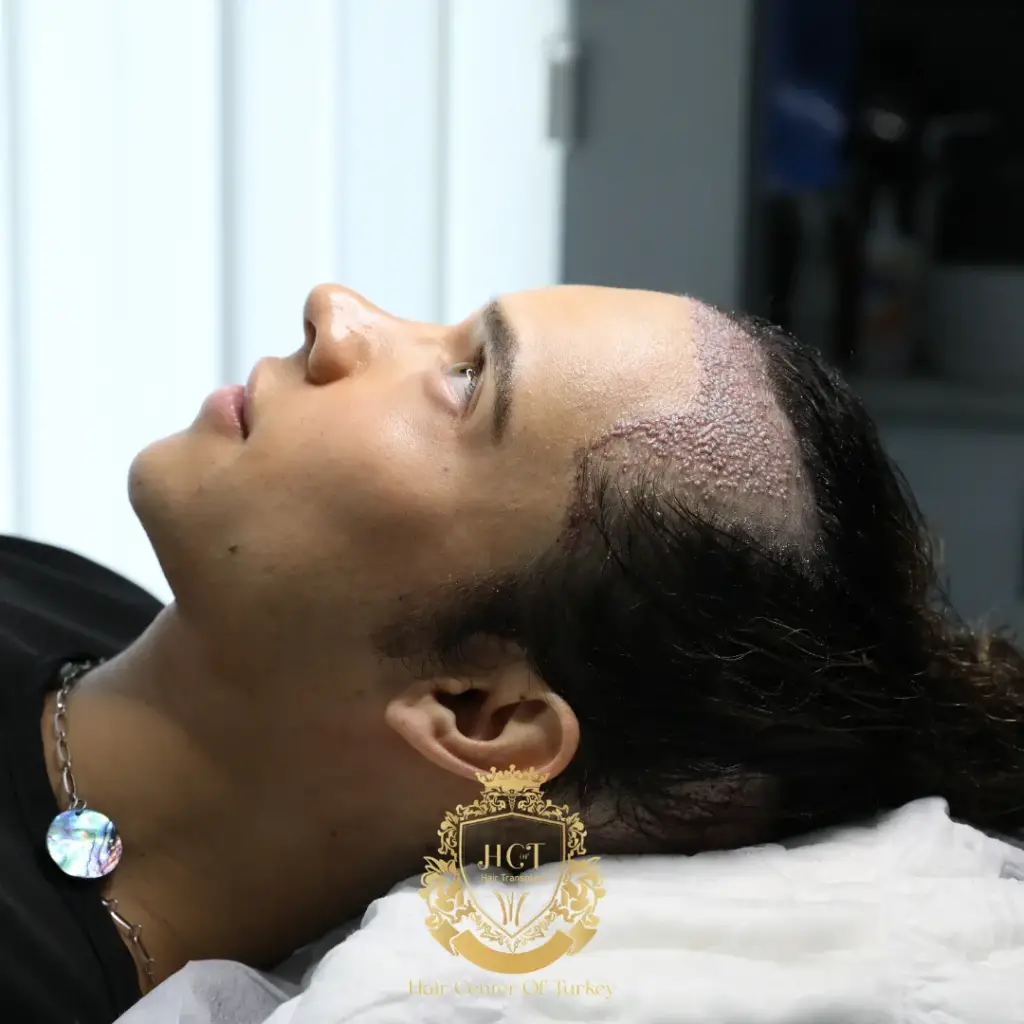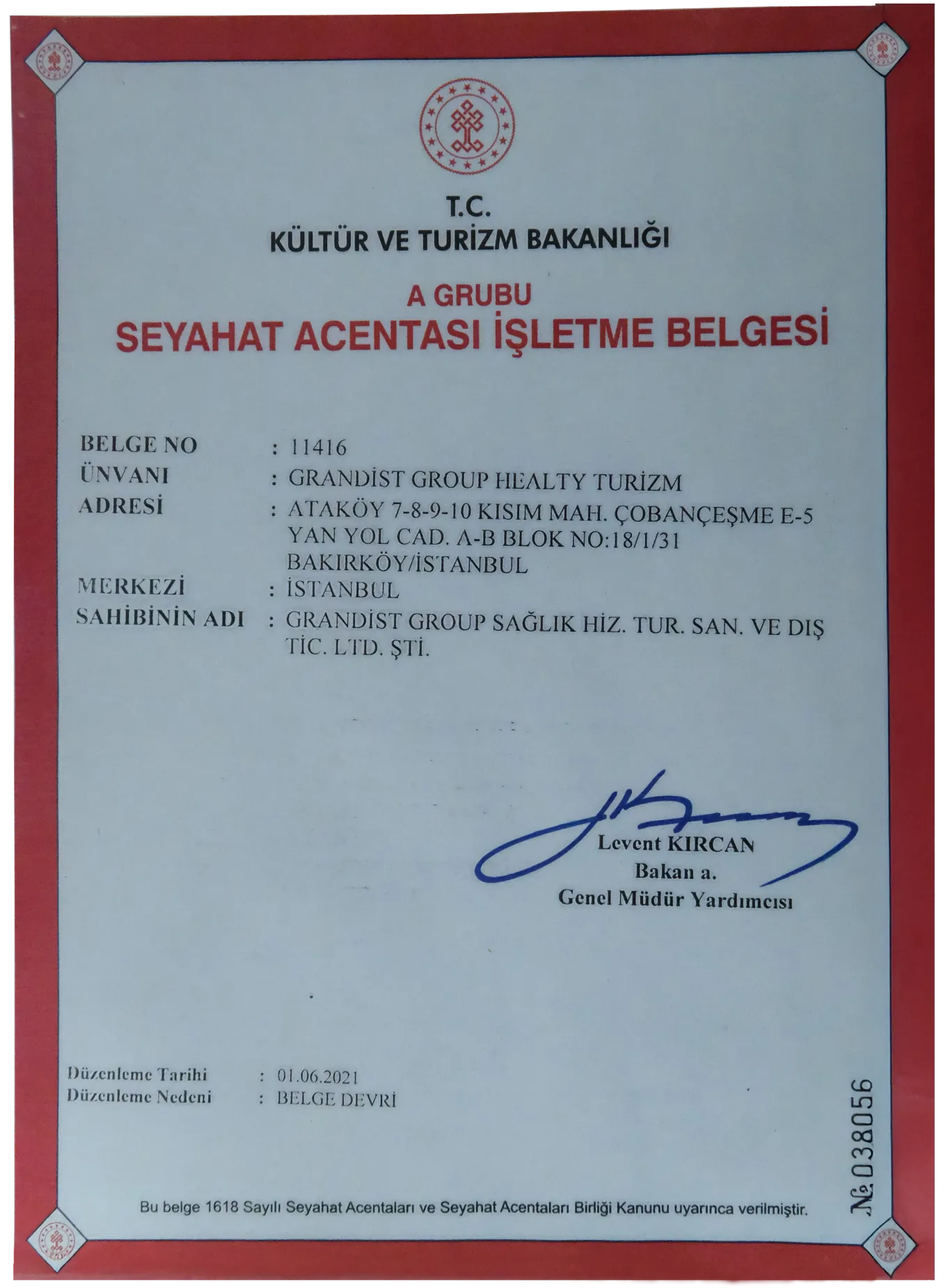Is It Possible to Change Your Hair Texture With a Hair Transplant?
Hair texture is one of the most noticeable aspects of a person’s overall look. Whether curly, straight, wavy, or coily, the texture of your hair plays a significant role in defining your style and grooming habits. As hair transplant procedures become more popular, some individuals wonder whether this surgery can also be used to change their hair texture. In this article, we’ll explore whether hair transplantation can alter your natural hair type, what determines hair texture, and what results patients should realistically expect.
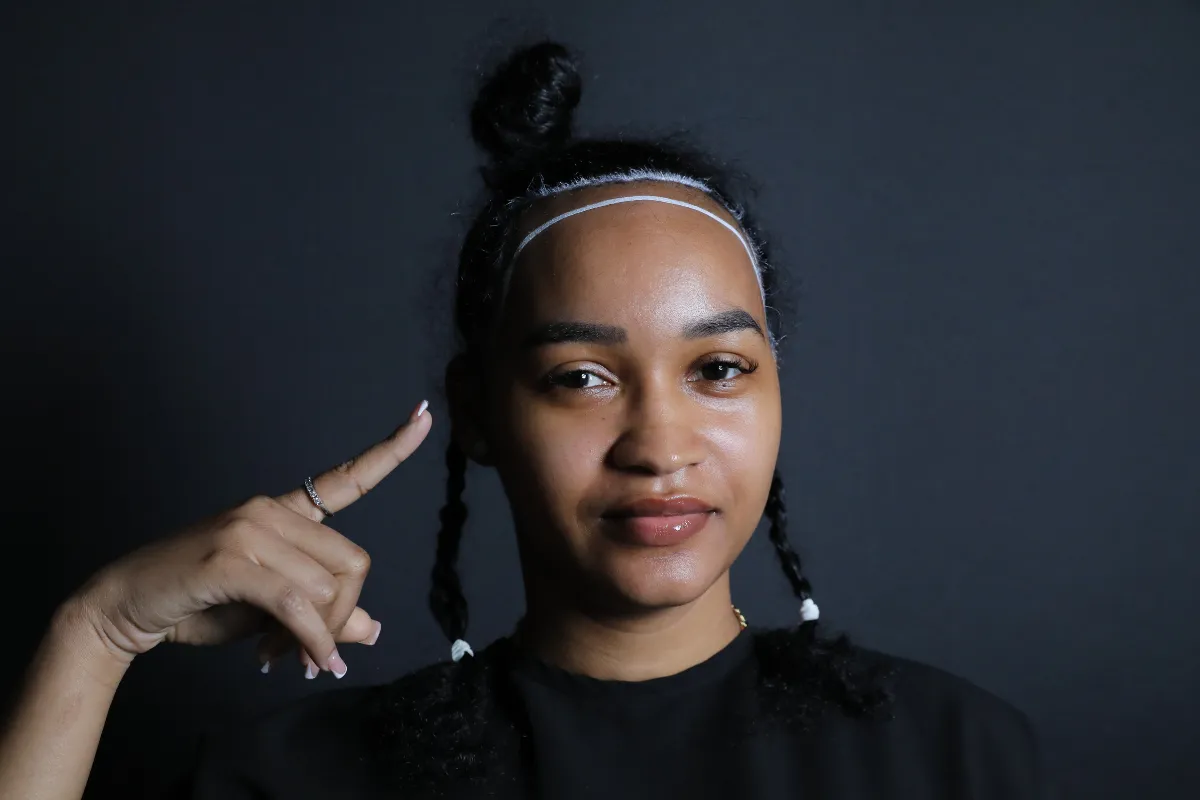
What Determines Your Natural Hair Texture?
Hair texture is primarily determined by genetics. The shape of the hair follicle, the angle at which it grows, and the distribution of keratin within the hair shaft all contribute to whether your hair is curly, straight, or wavy. Round follicles produce straight hair, while oval or irregularly shaped follicles result in curls or waves. Because these characteristics are embedded in your DNA, they generally remain consistent throughout your life.
Other factors that may slightly influence texture over time include age, hormonal changes, and certain medical conditions. However, these shifts tend to be minimal compared to the baseline established by your genetics.
Can a Hair Transplant Change Hair Texture?
In short, no — a hair transplant cannot permanently change your hair texture. The hair follicles transplanted during the procedure are taken from your own donor area, typically the back or sides of the scalp, where hair is most resistant to balding. These follicles retain the same genetic properties as they had in their original location.
This means that if your donor hair is straight, the transplanted hair will also grow in straight. Similarly, curly donor hair will grow in curly, even when placed in a different area of the scalp. The follicle’s characteristics don’t change simply because it has been moved. Therefore, a hair transplant cannot be used as a method for changing hair texture.
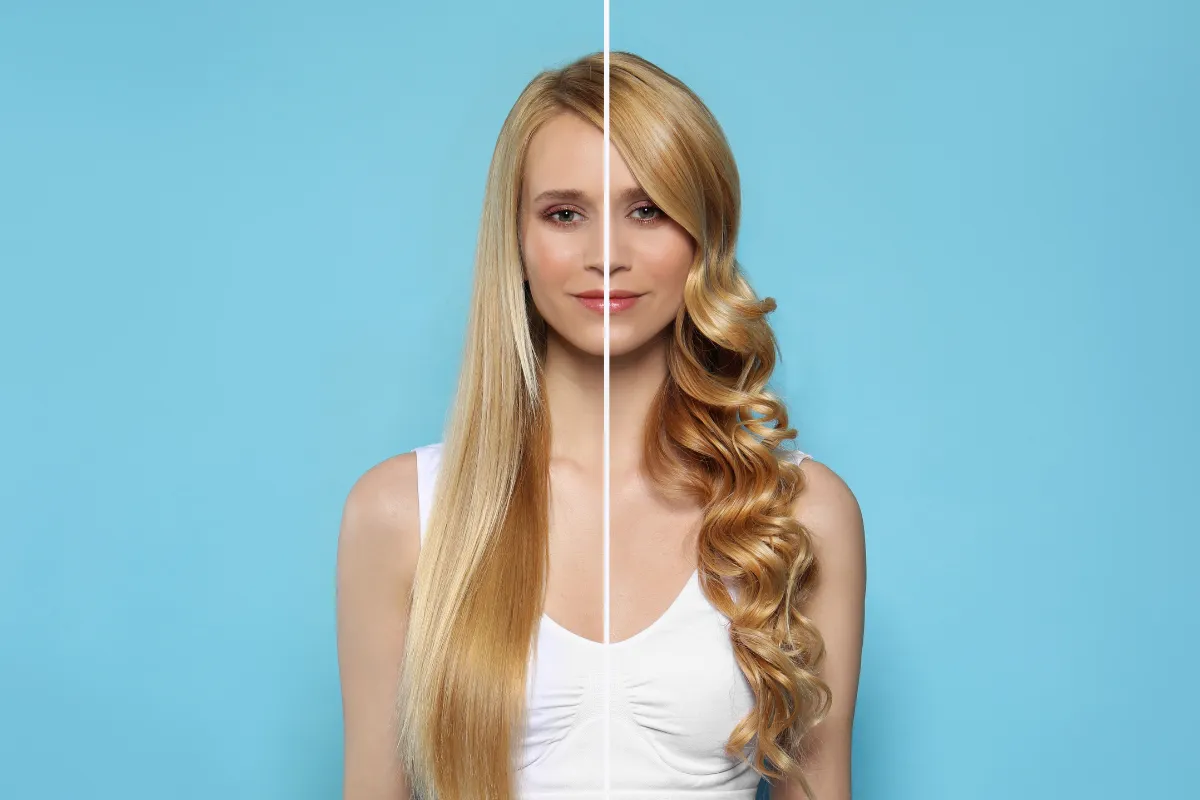
Why Does Transplanted Hair Sometimes Appear Different?
Some patients notice that the transplanted hair initially seems to have a slightly different texture after surgery. This is usually temporary and can be attributed to:
- Healing Process: The scalp environment, healing wounds, and temporary scabs may cause new hair to appear coarser or curlier.
- Regrowth Phase: New hairs are often thinner or more fragile when they first grow in.
- Shock Loss: Natural shedding and regrowth following surgery can create an uneven appearance that eventually stabilizes.
Over time — usually within 6 to 12 months — the transplanted hair will begin to match the original donor hair’s texture and behave consistently with it.
Is It Possible to Change Hair Texture Through Other Means?
While hair transplants cannot change texture, there are cosmetic and chemical methods available for temporary or semi-permanent results:
- Chemical treatments: Relaxers and perms can temporarily alter hair texture.
- Heat styling: Tools like flat irons or curling wands provide temporary texture changes.
- Keratin treatments: These can smooth or straighten the hair for several weeks or months.
However, these treatments do not change the hair at the follicular level, and hair will revert to its natural texture as new strands grow.
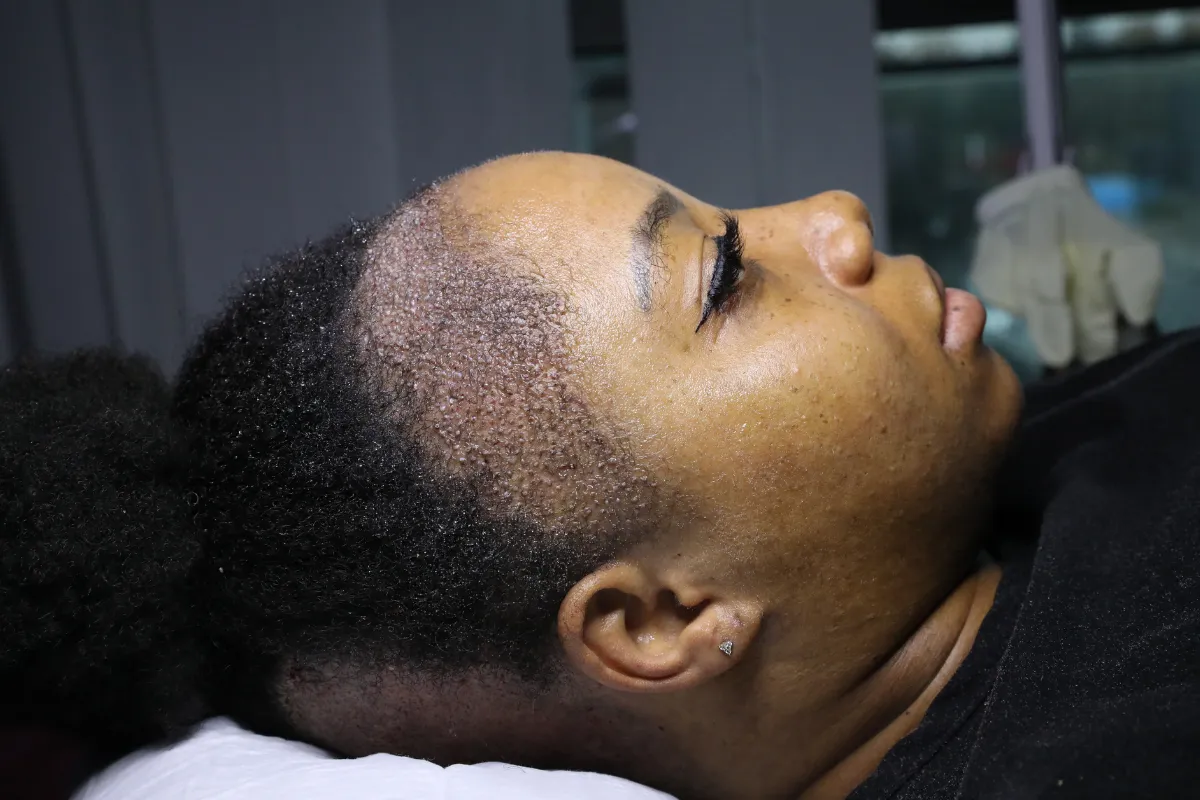
What to Consider If You Want a Different Hair Texture
If you’re seeking a specific hair texture for stylistic reasons, discuss this with your hair transplant surgeon beforehand. They may:
- Evaluate the curl or wave pattern of your donor hair.
- Help manage expectations regarding the final appearance.
- Recommend complementary treatments after the transplant has healed.
Ultimately, the key to satisfaction lies in understanding that transplanted hair will mirror your natural donor hair — and embracing your hair’s original properties will yield the most realistic and natural-looking outcome.



